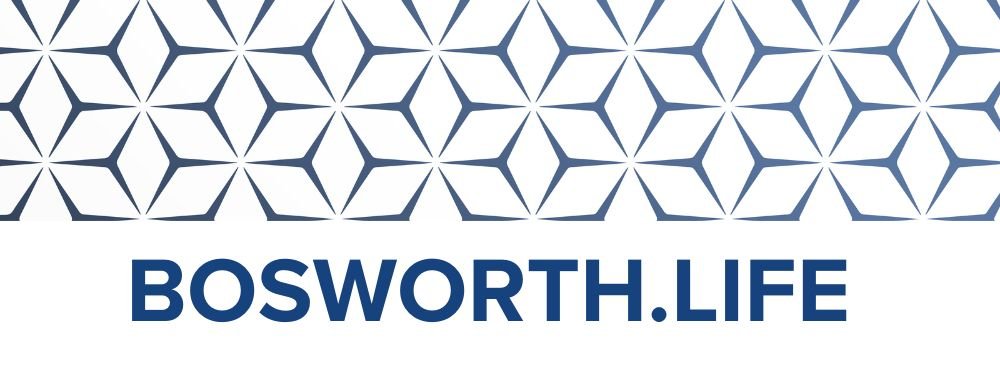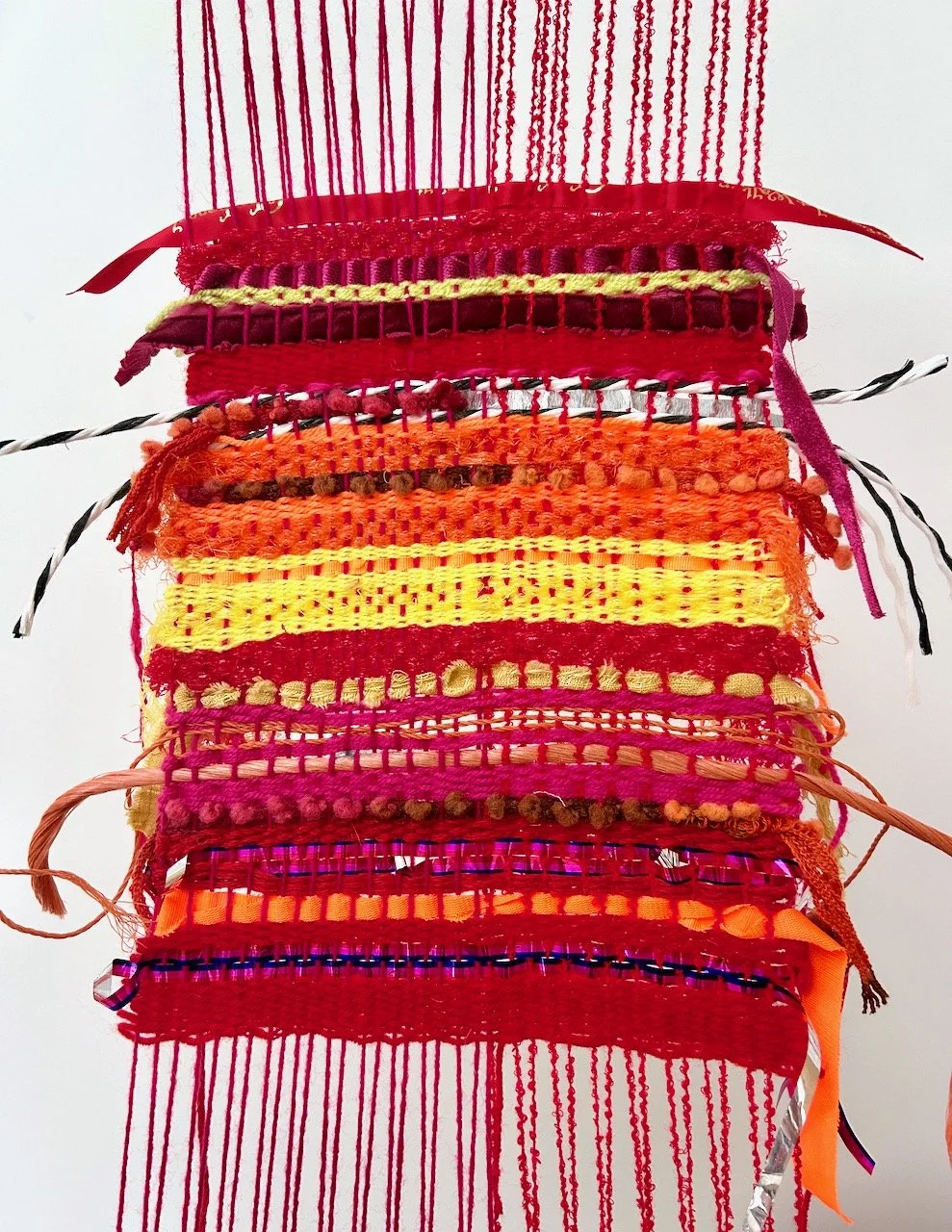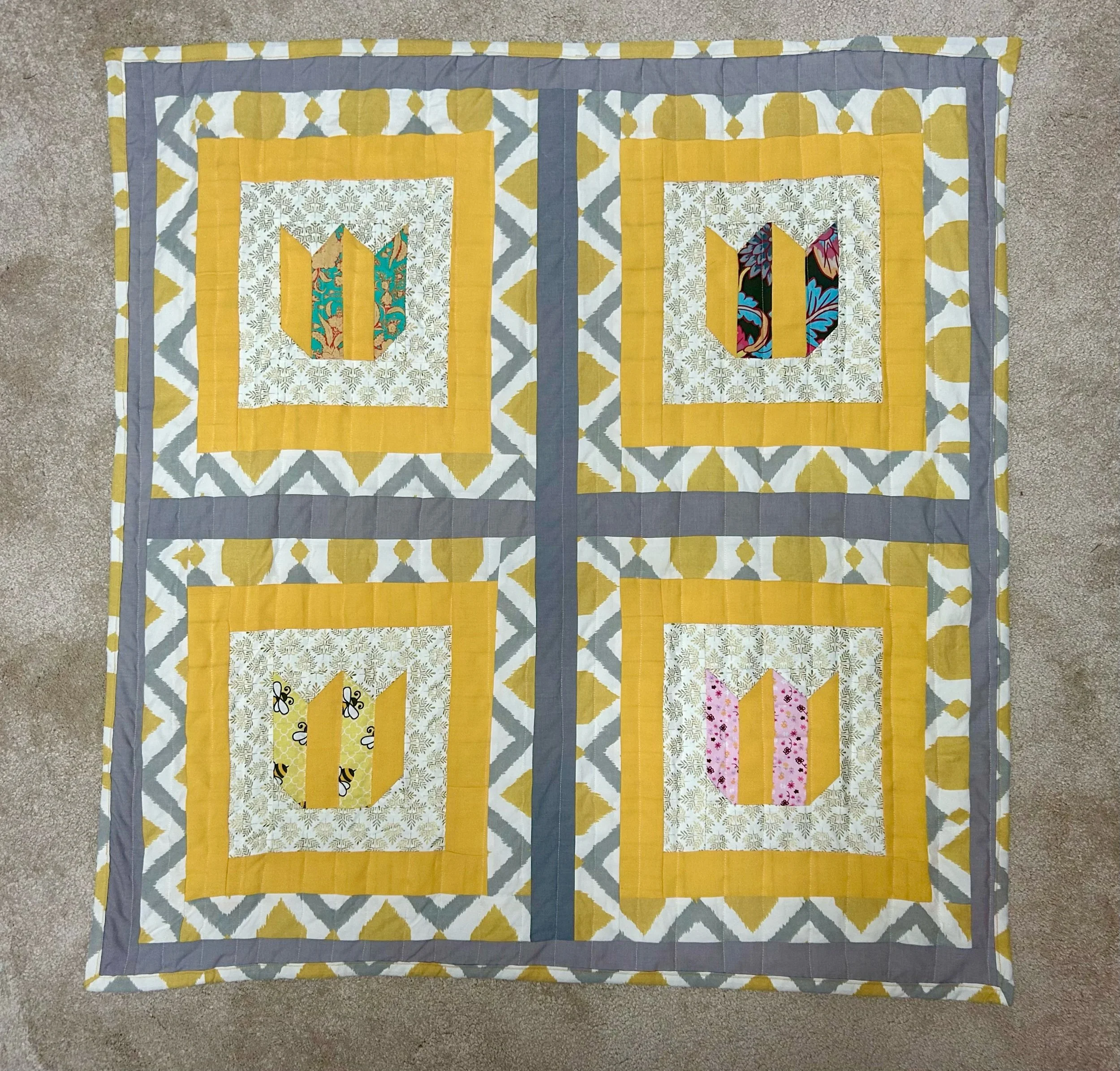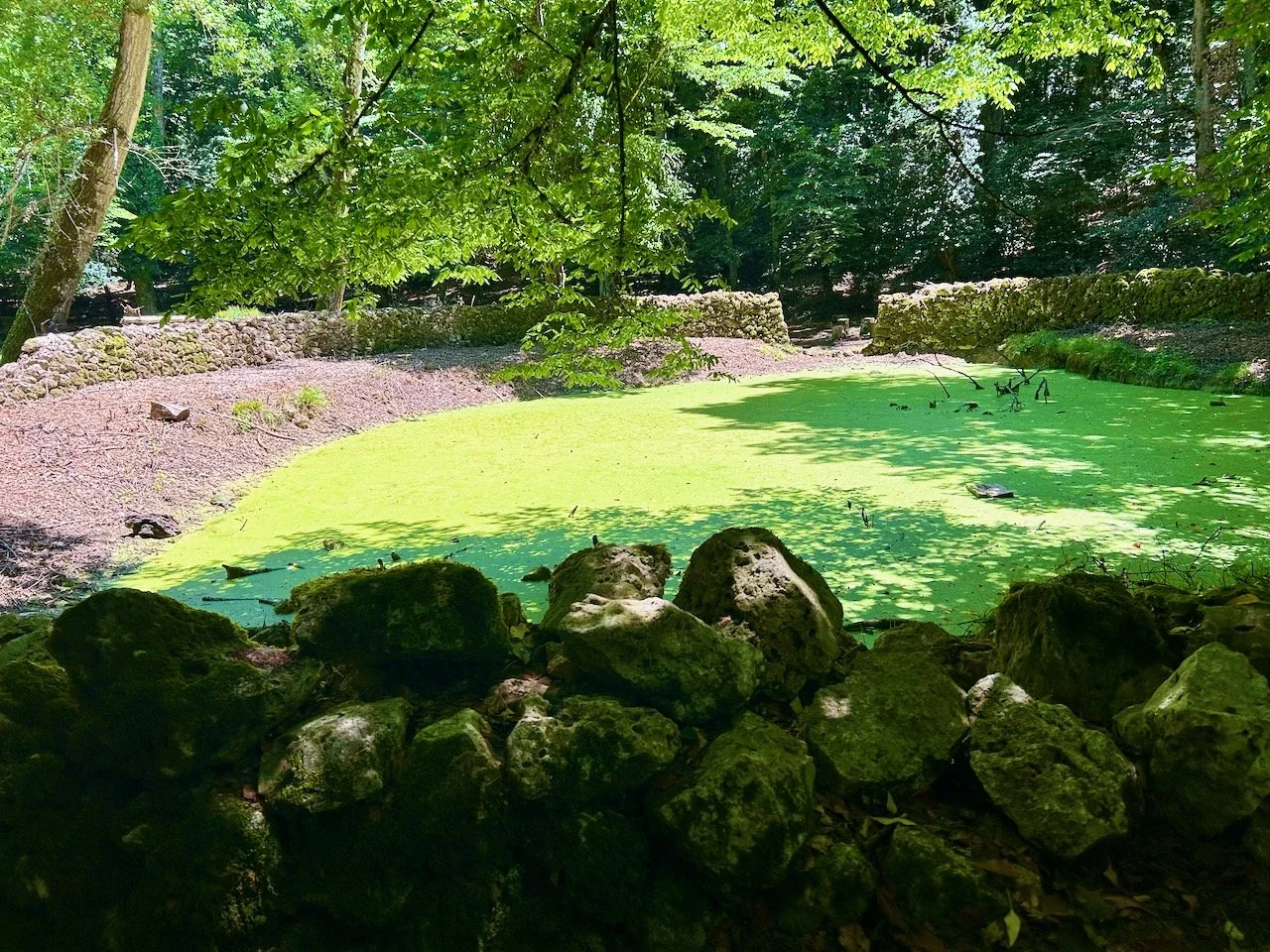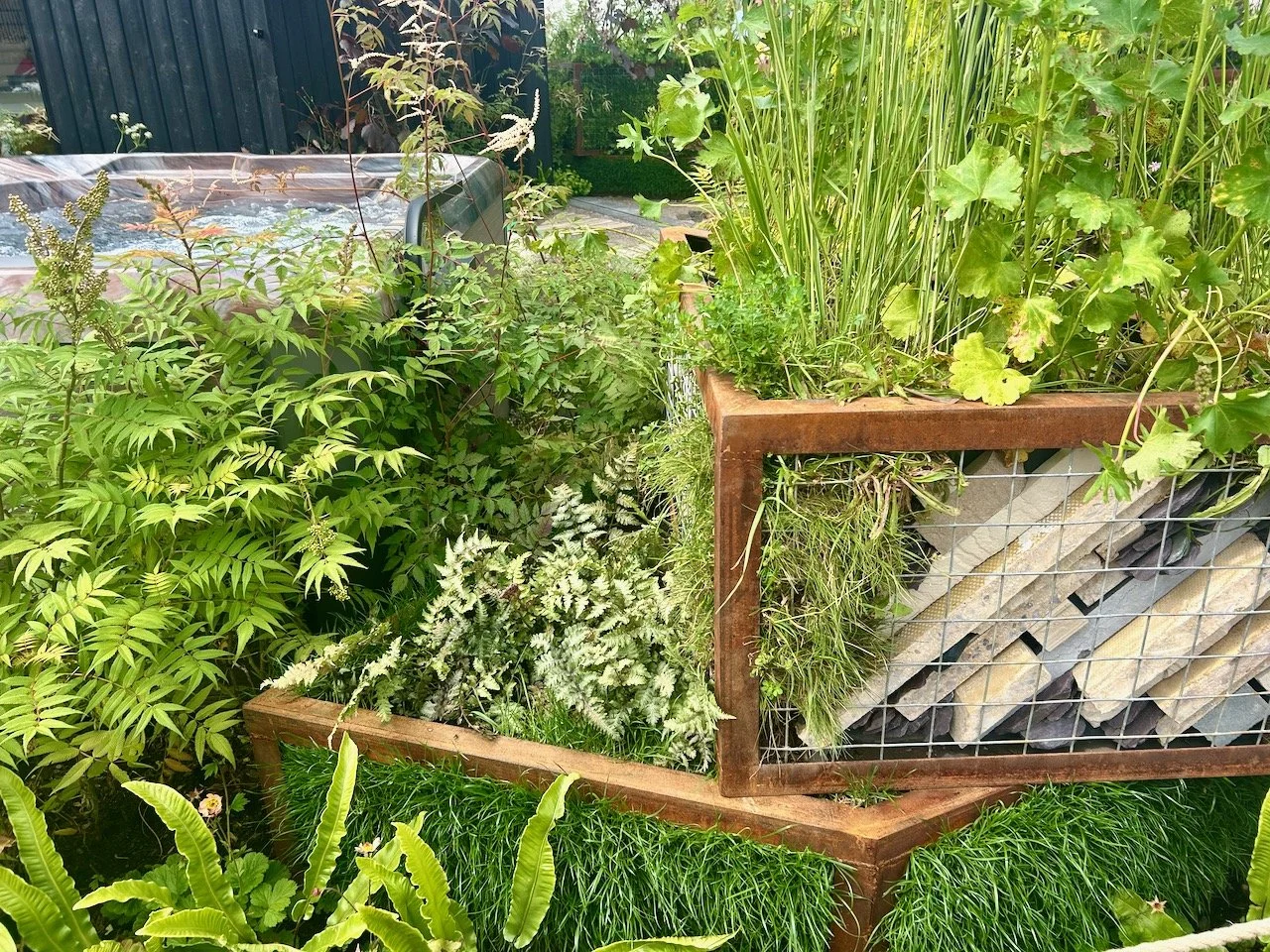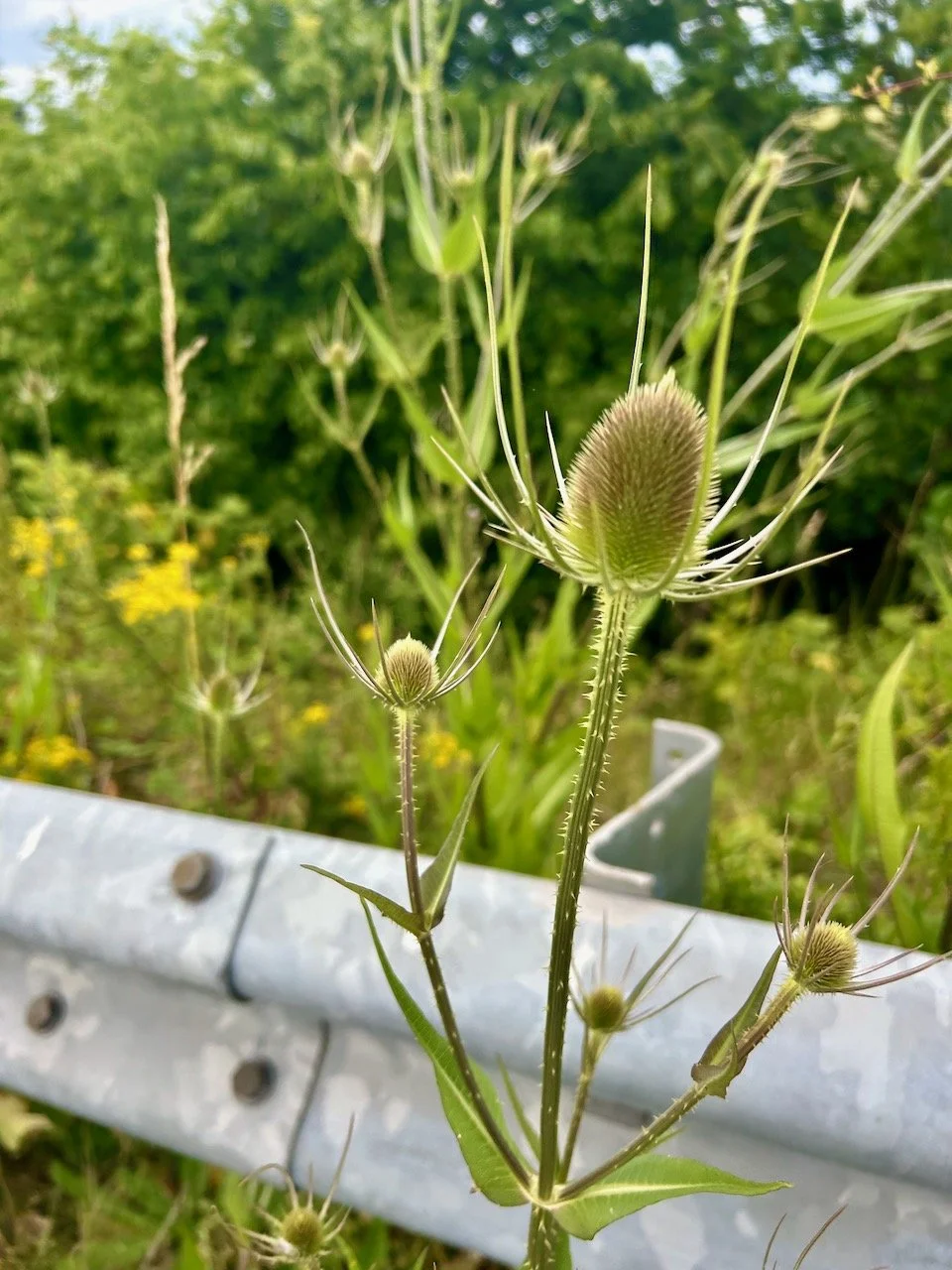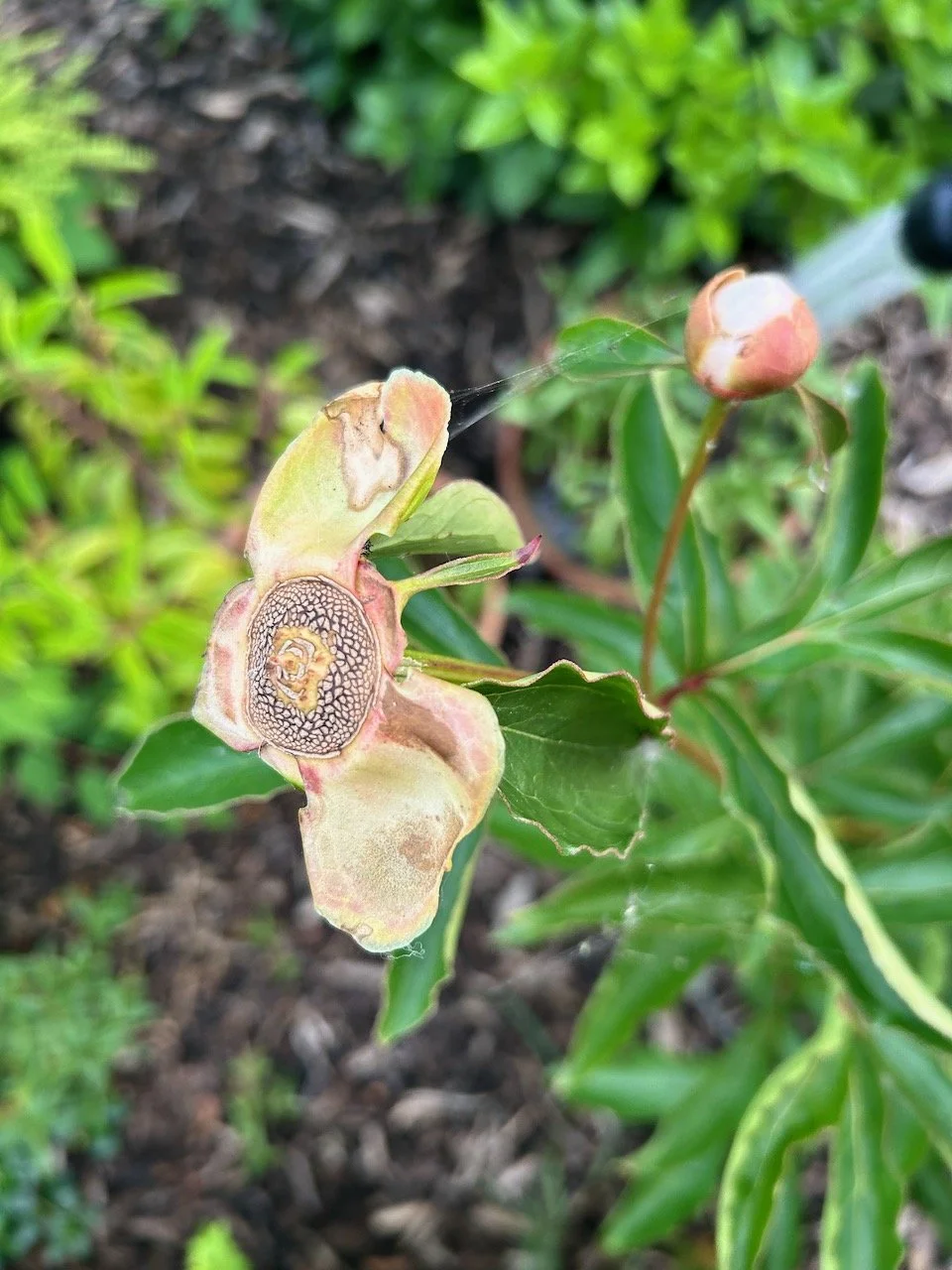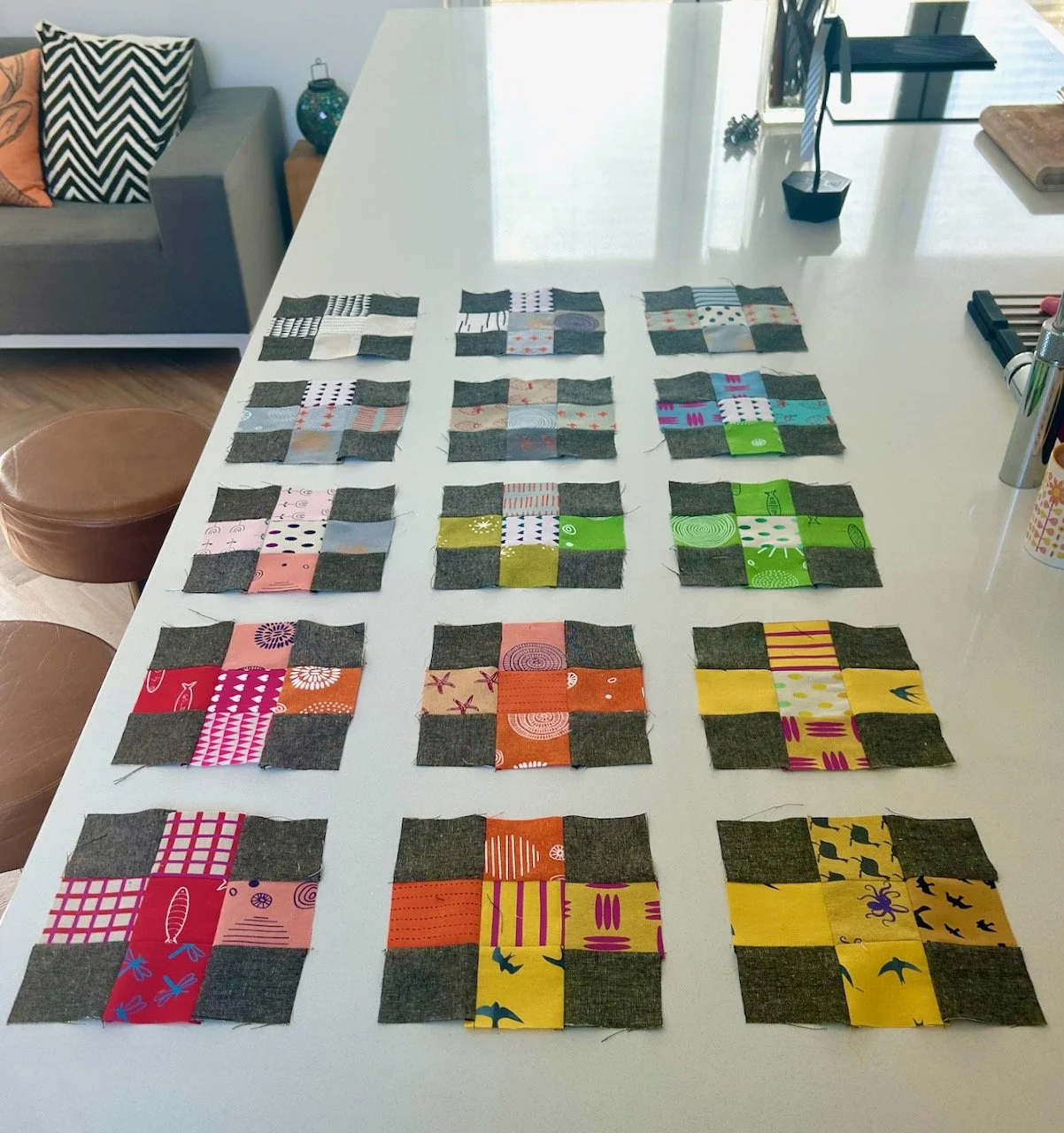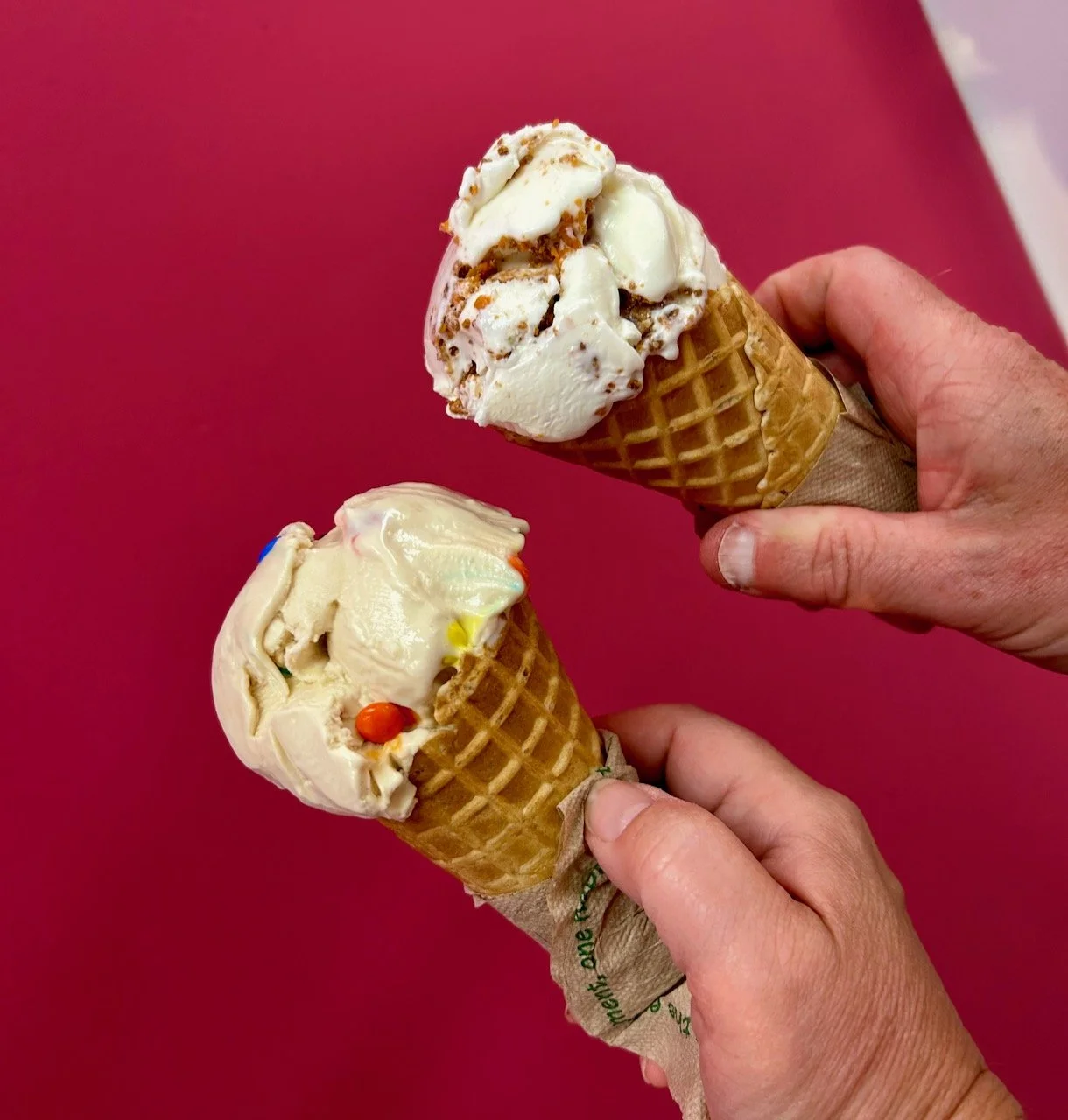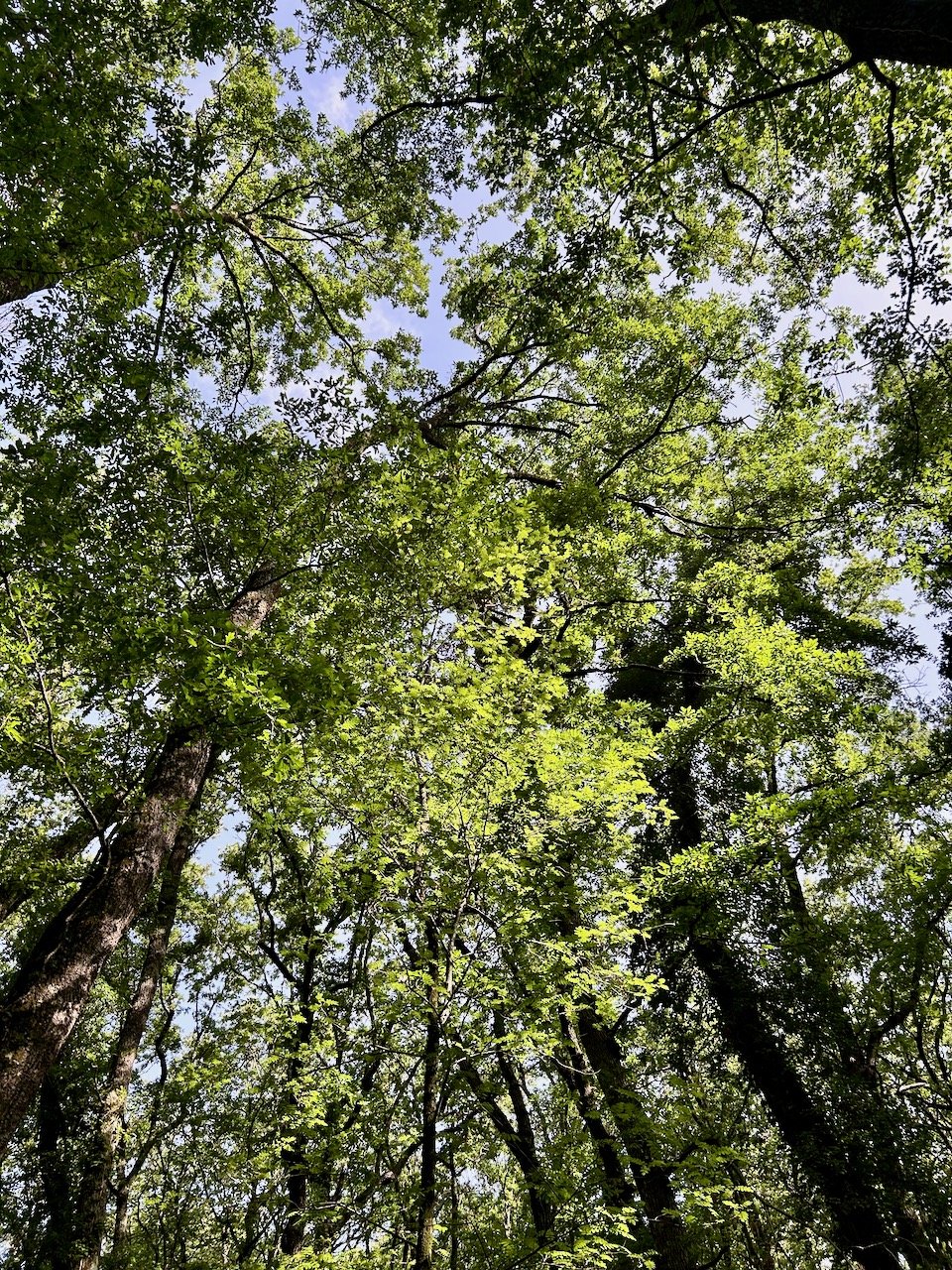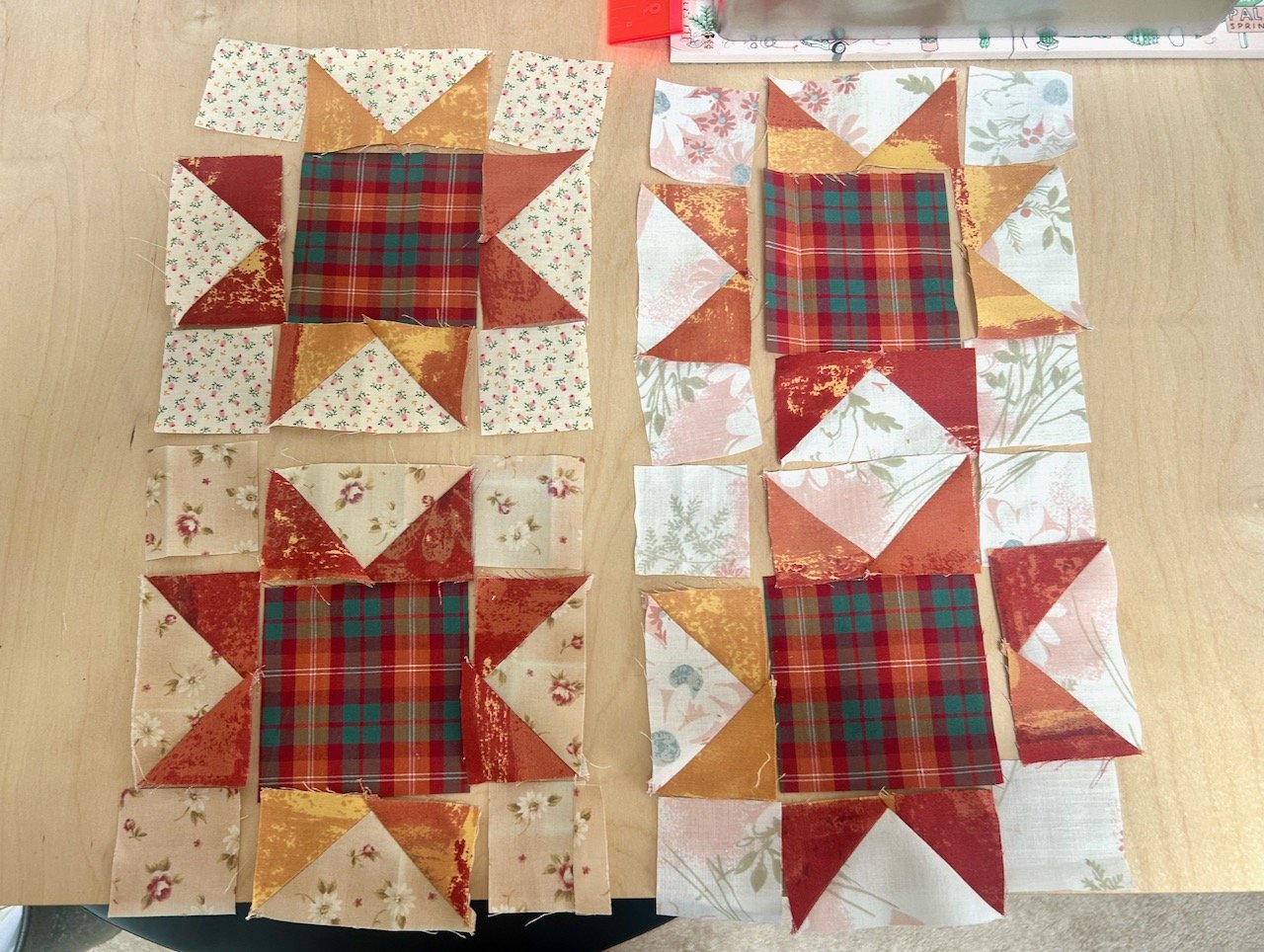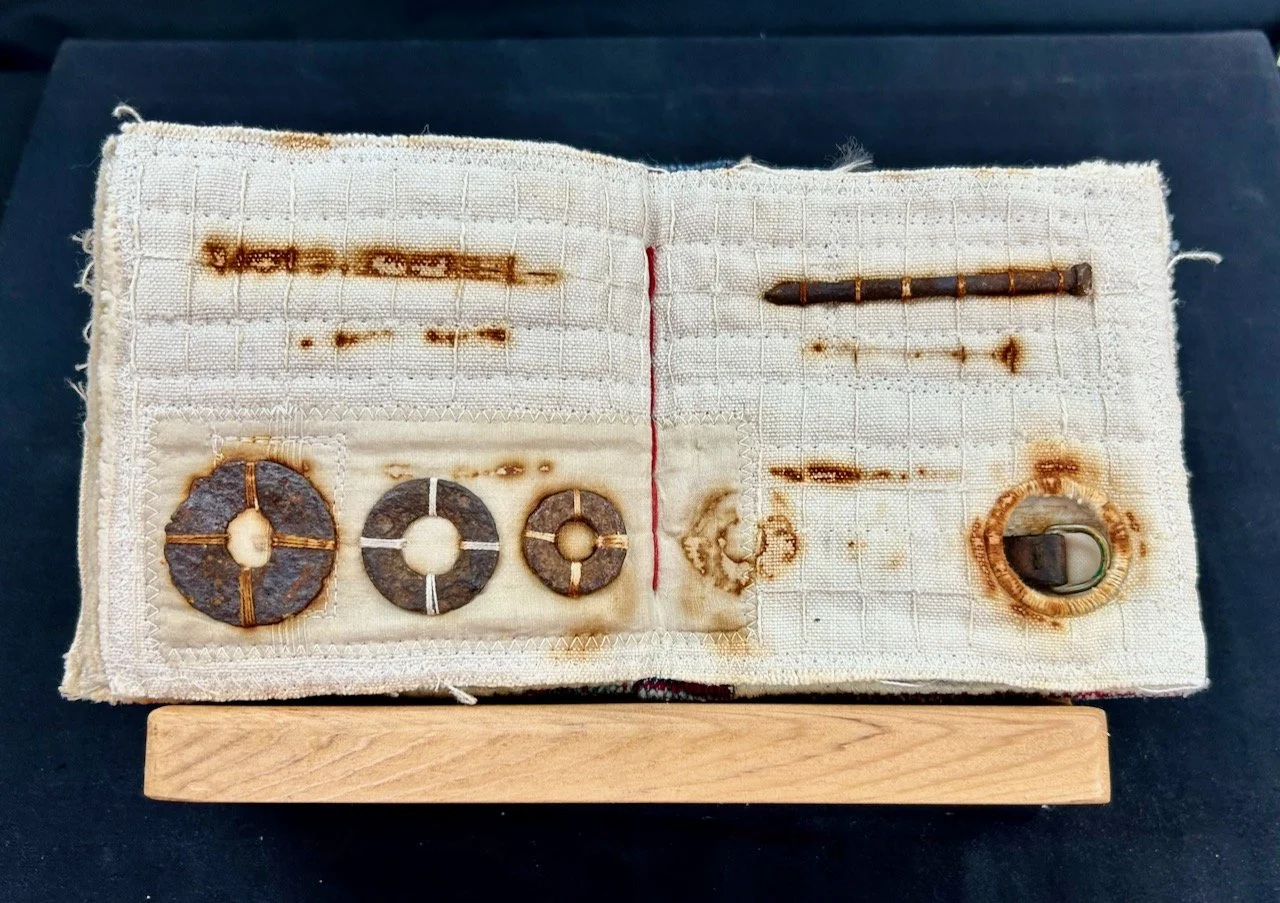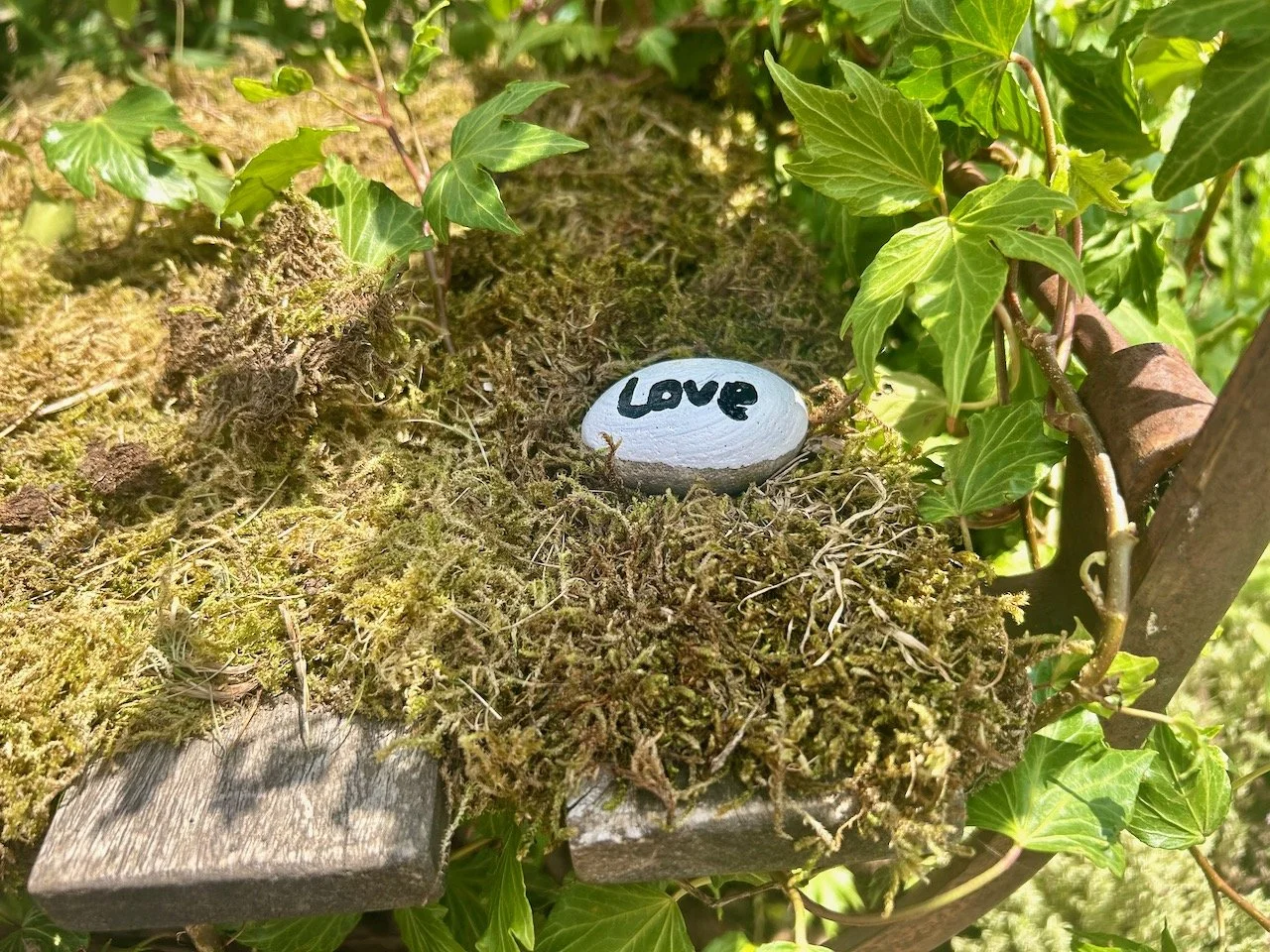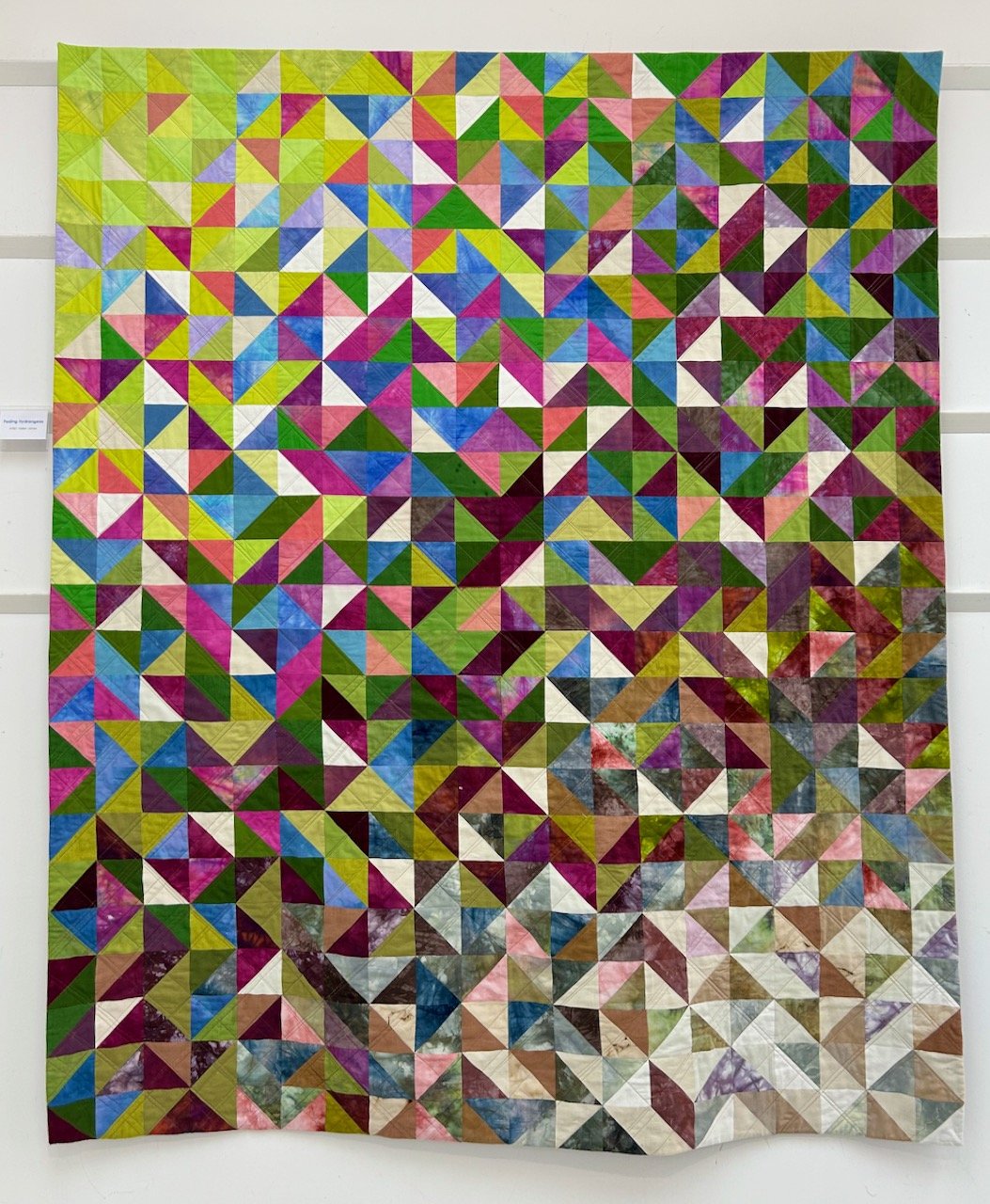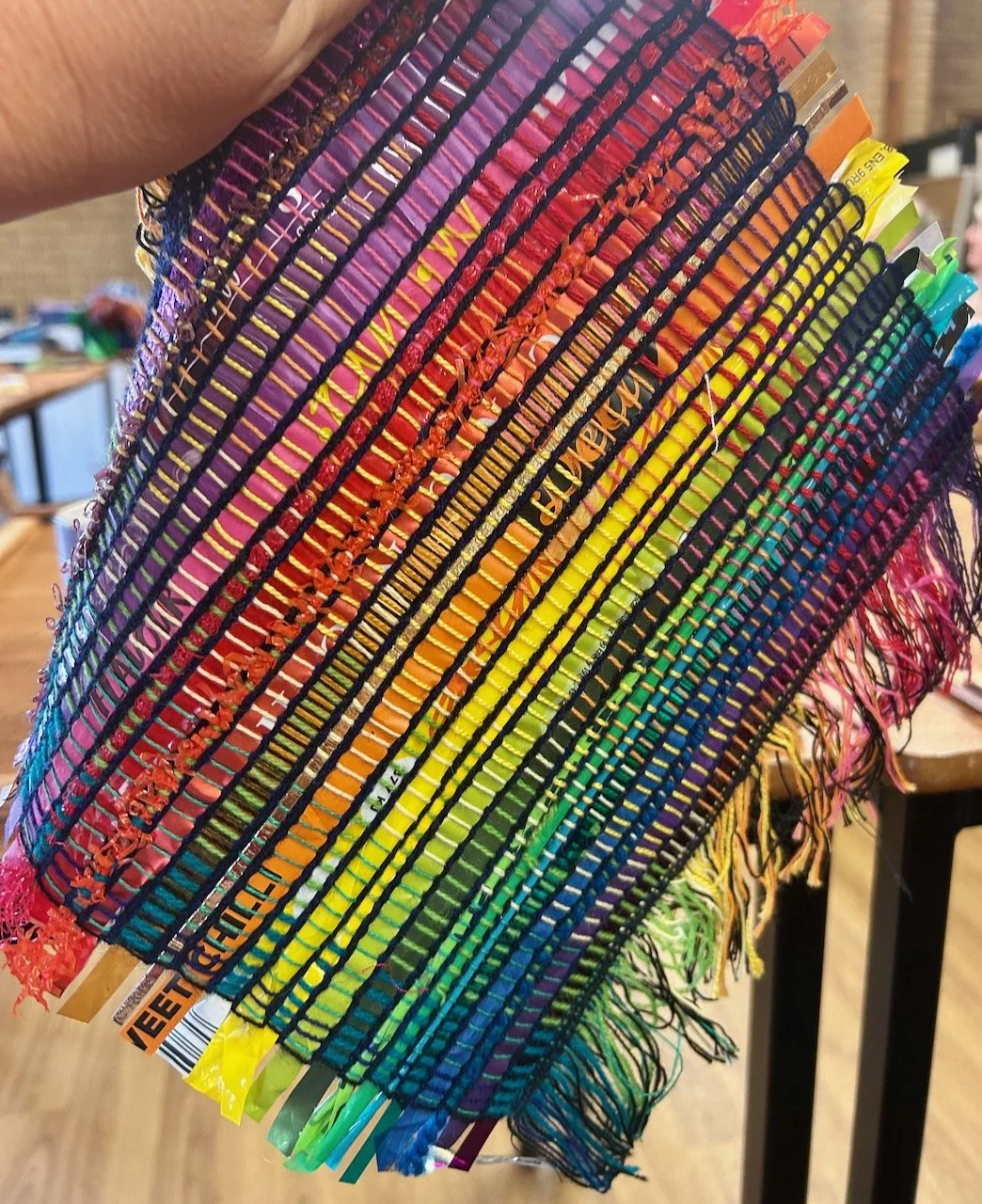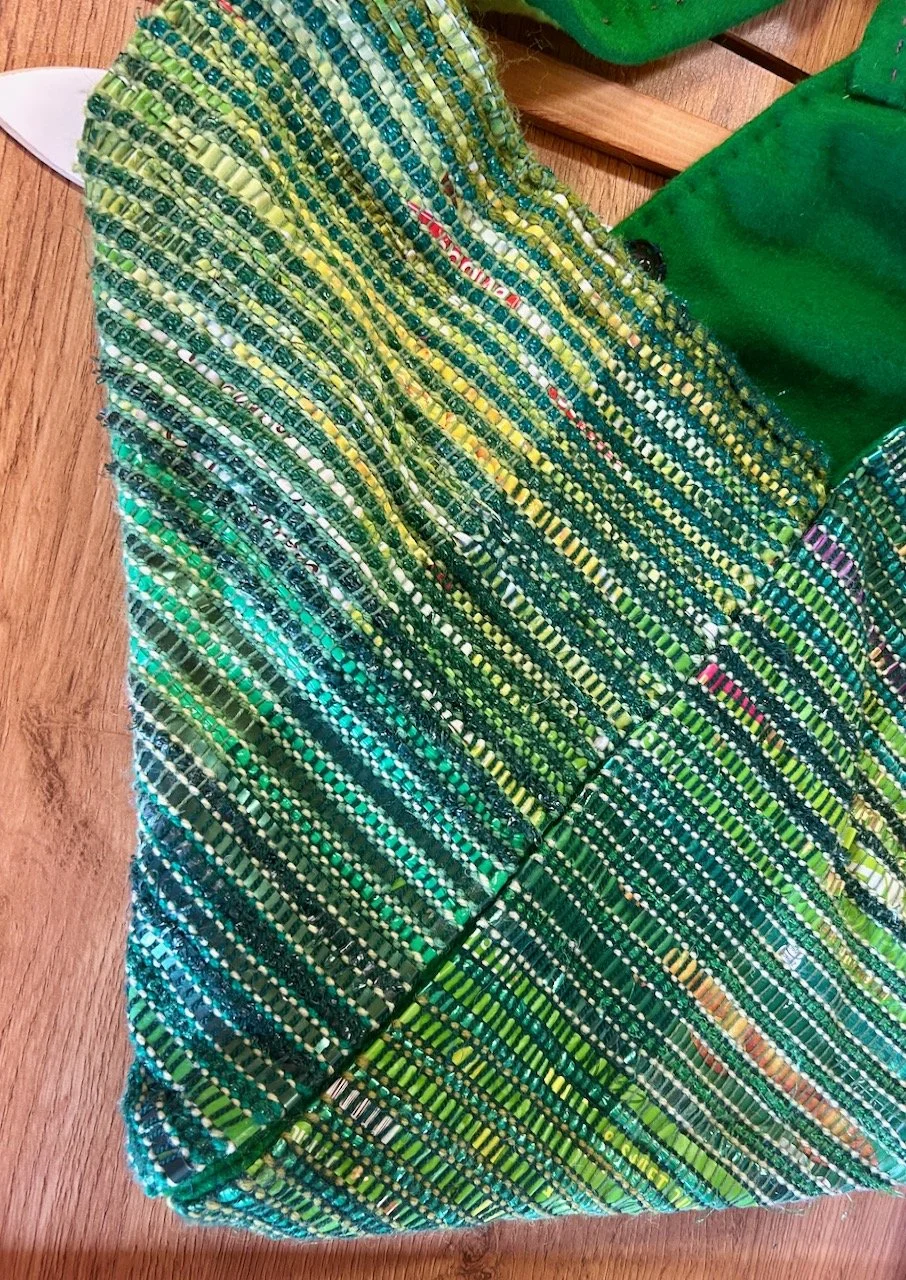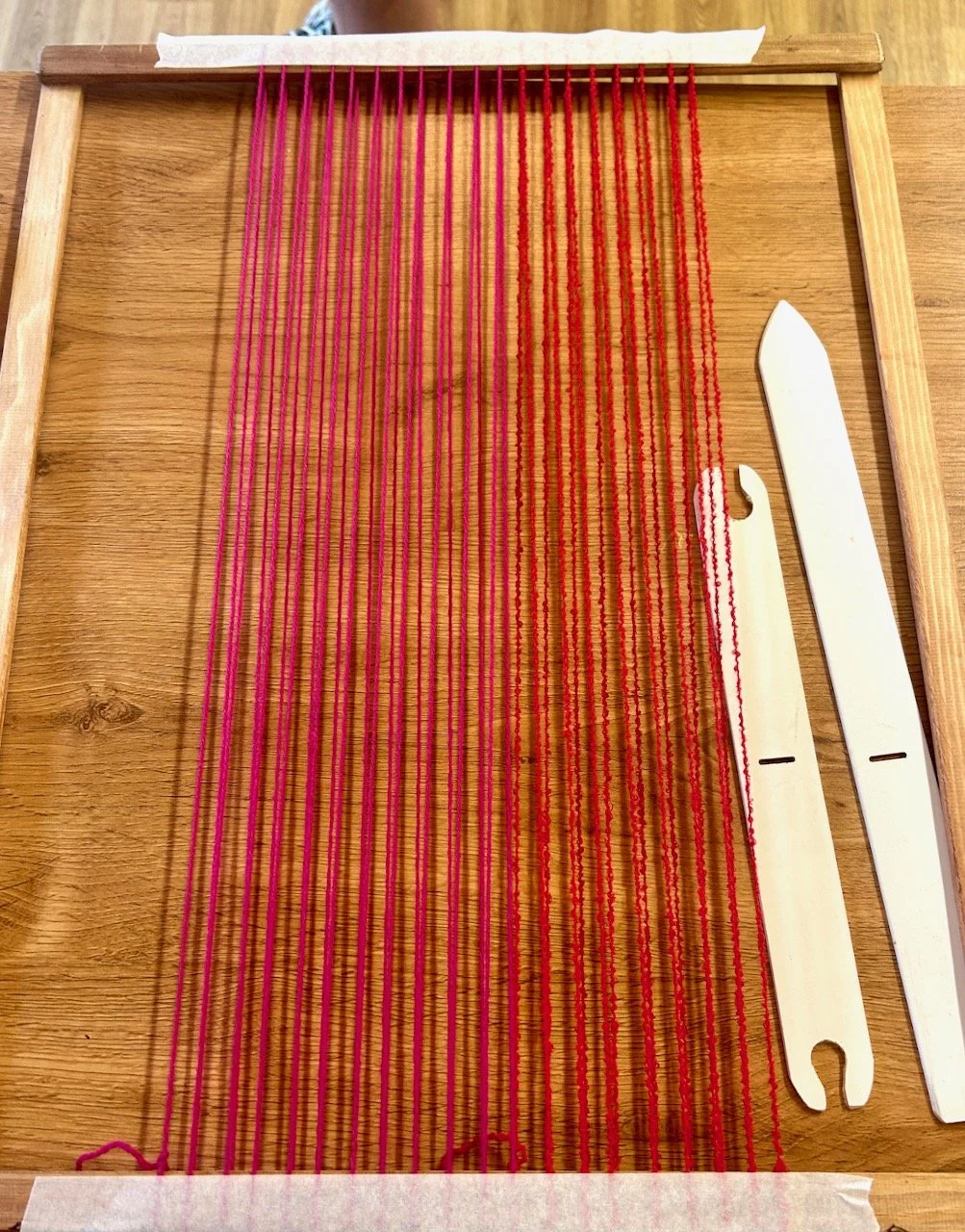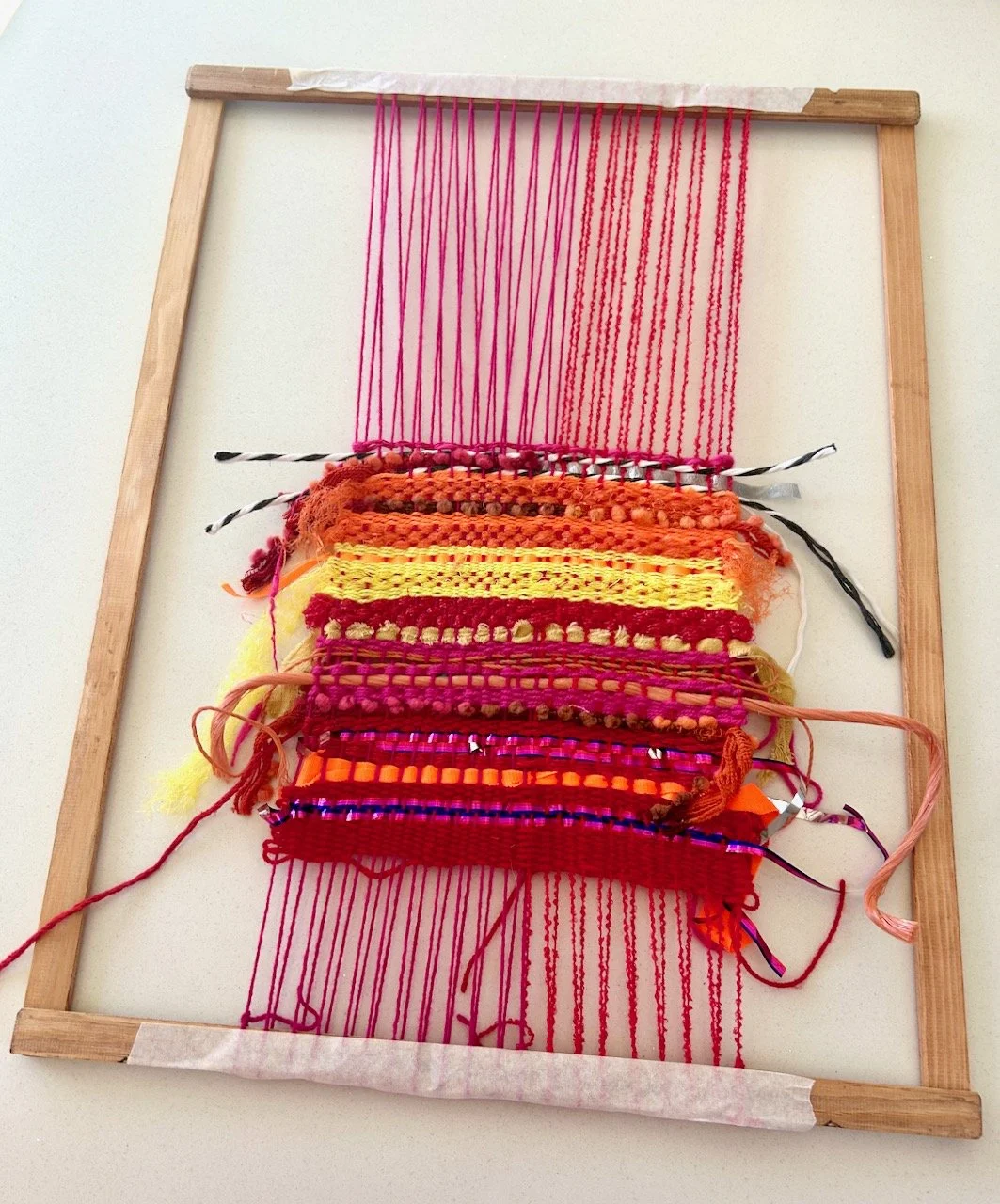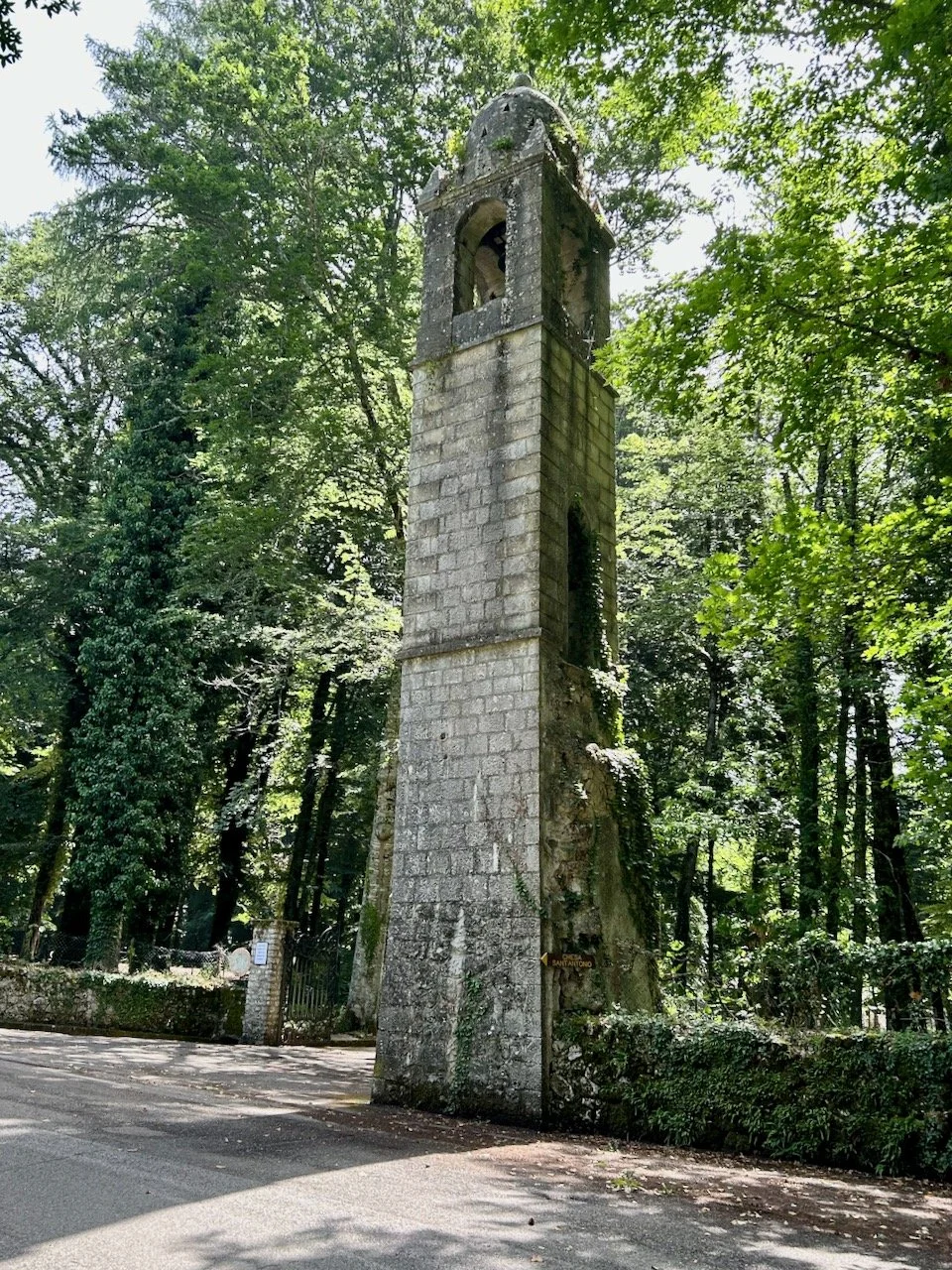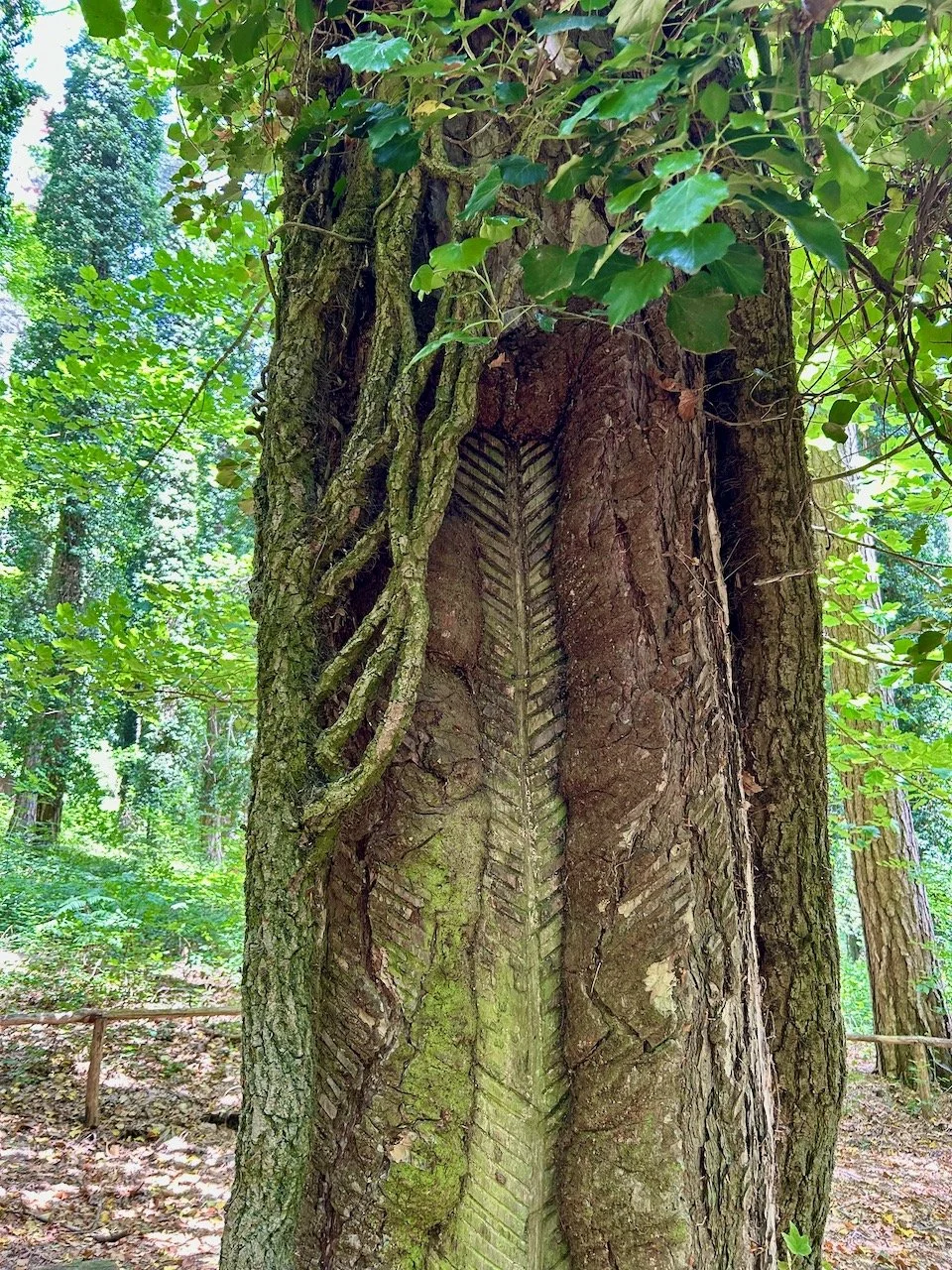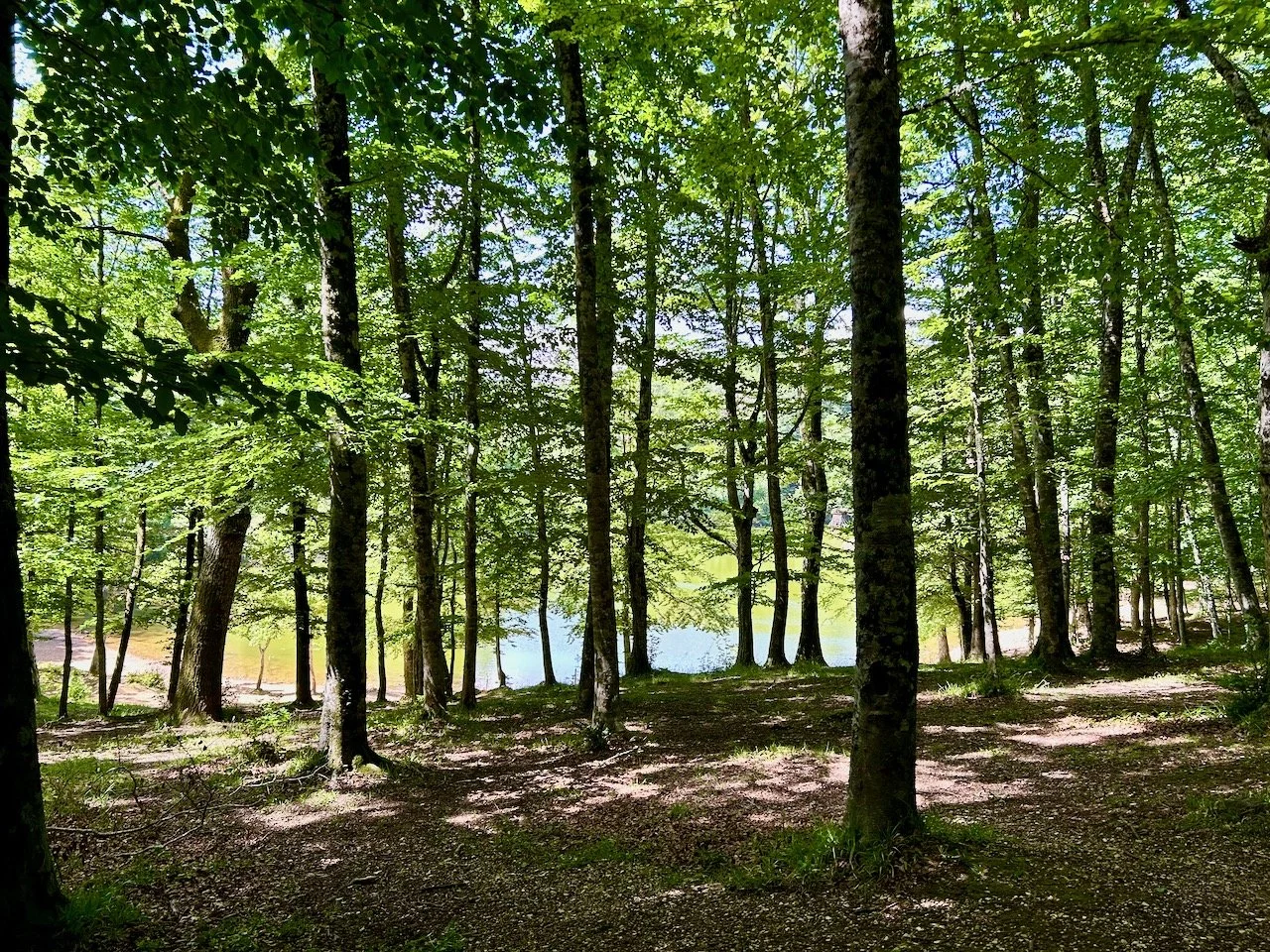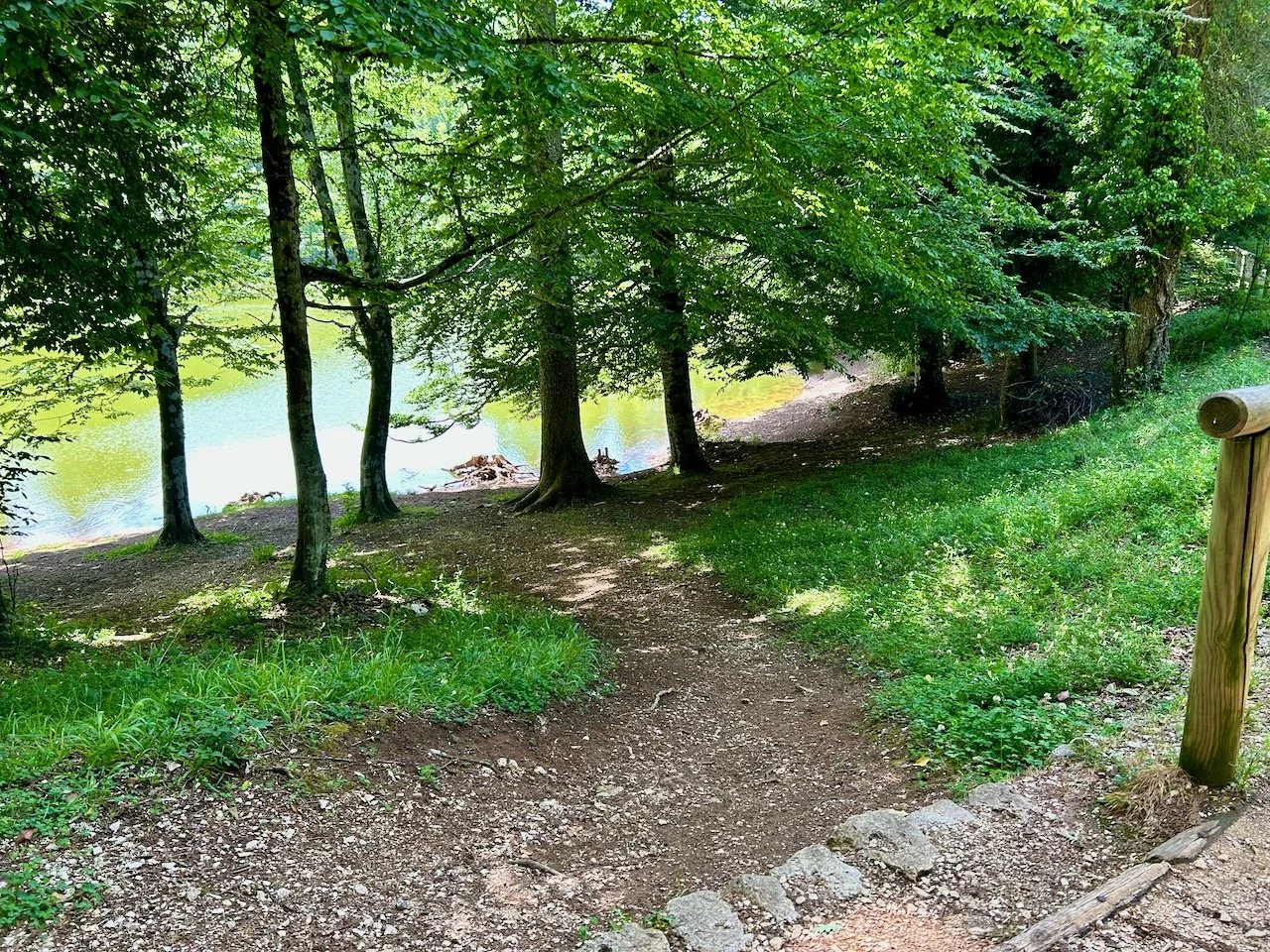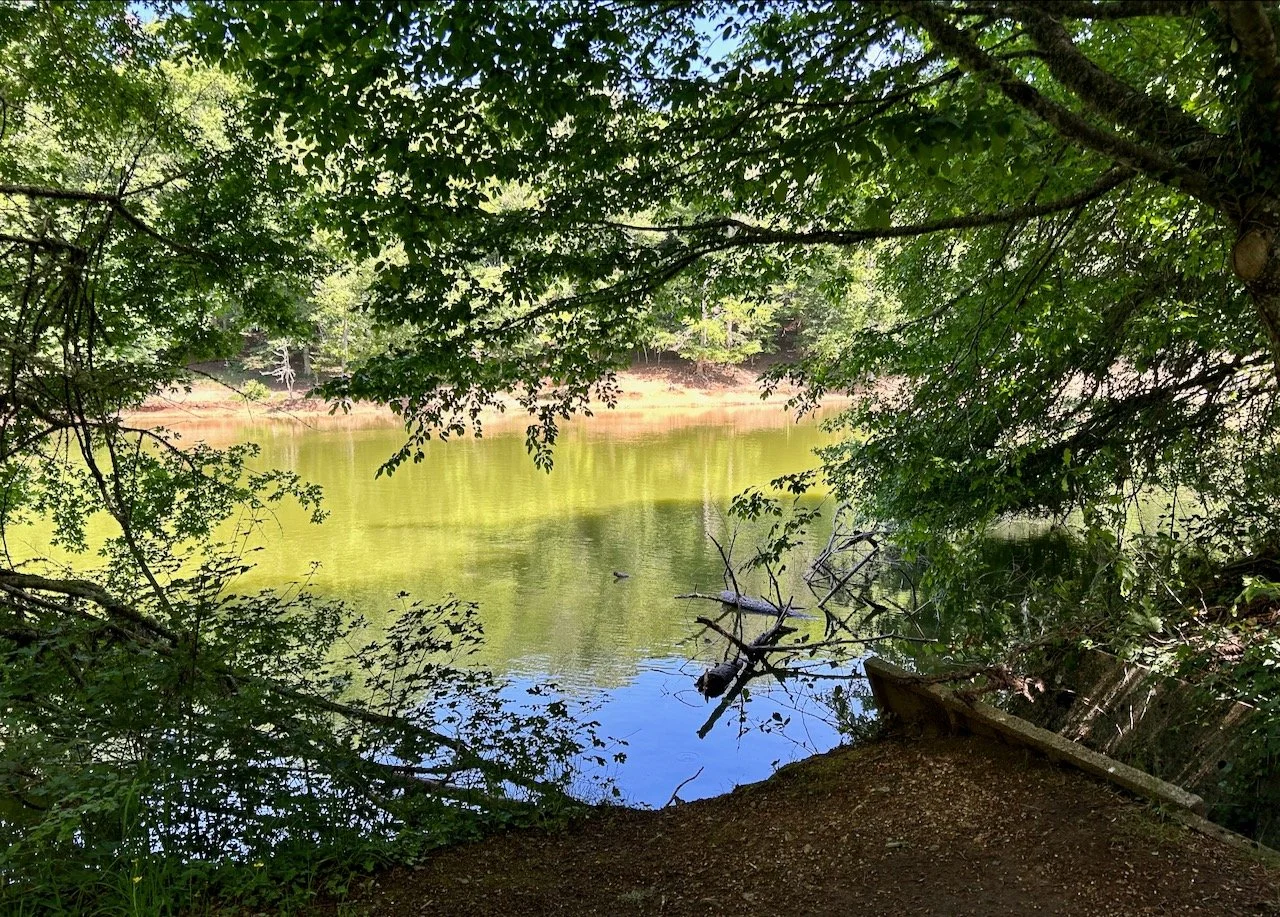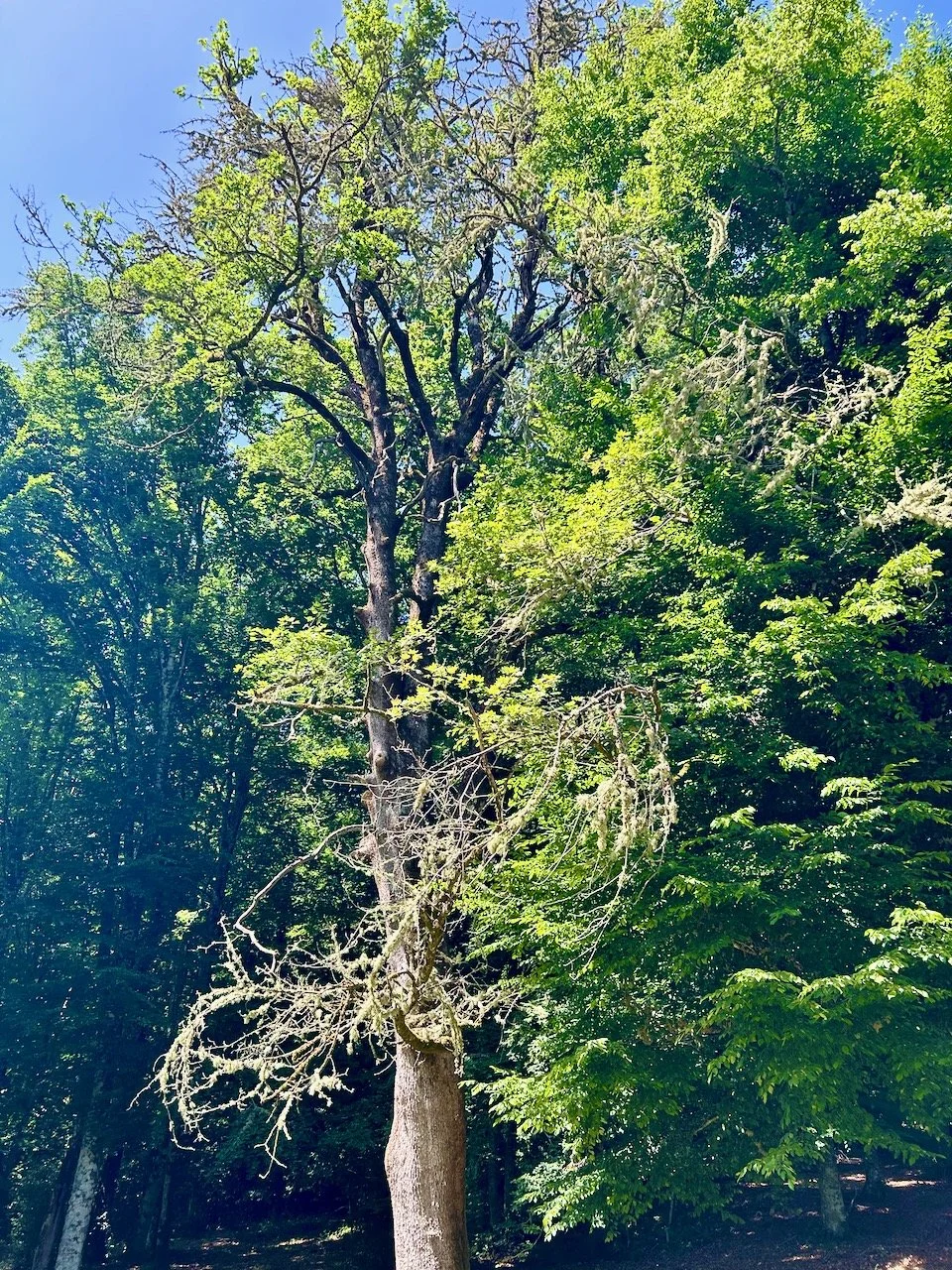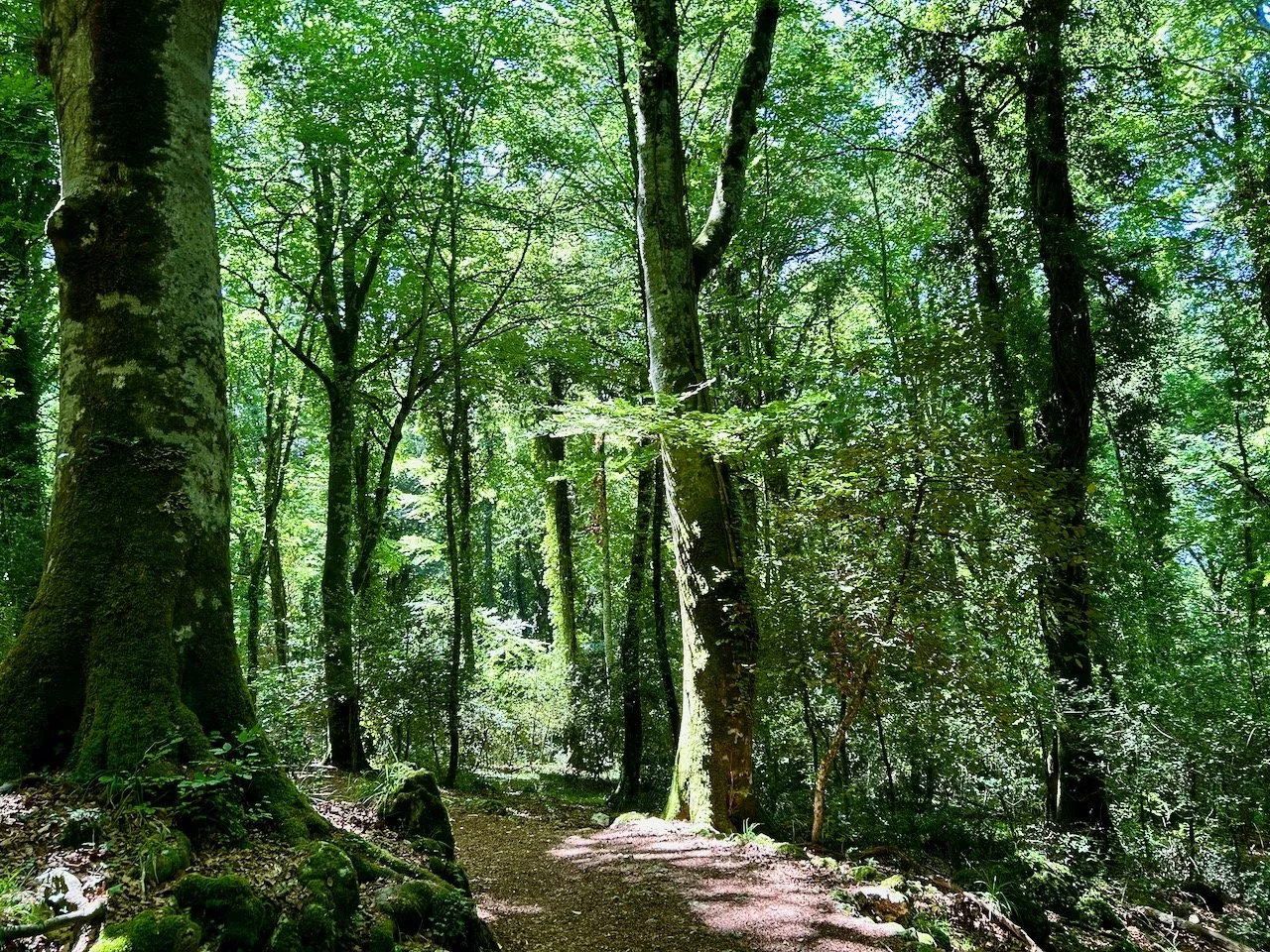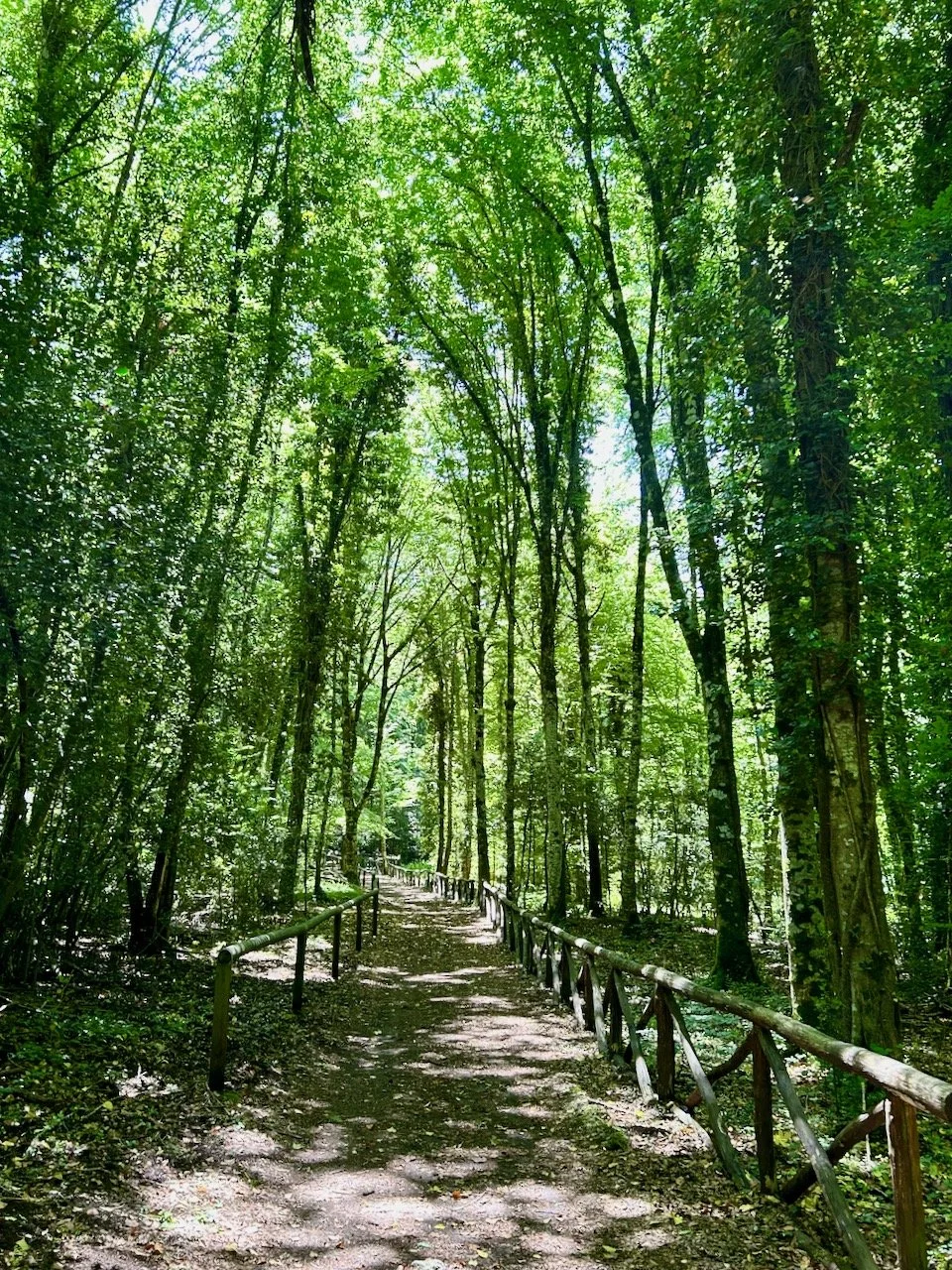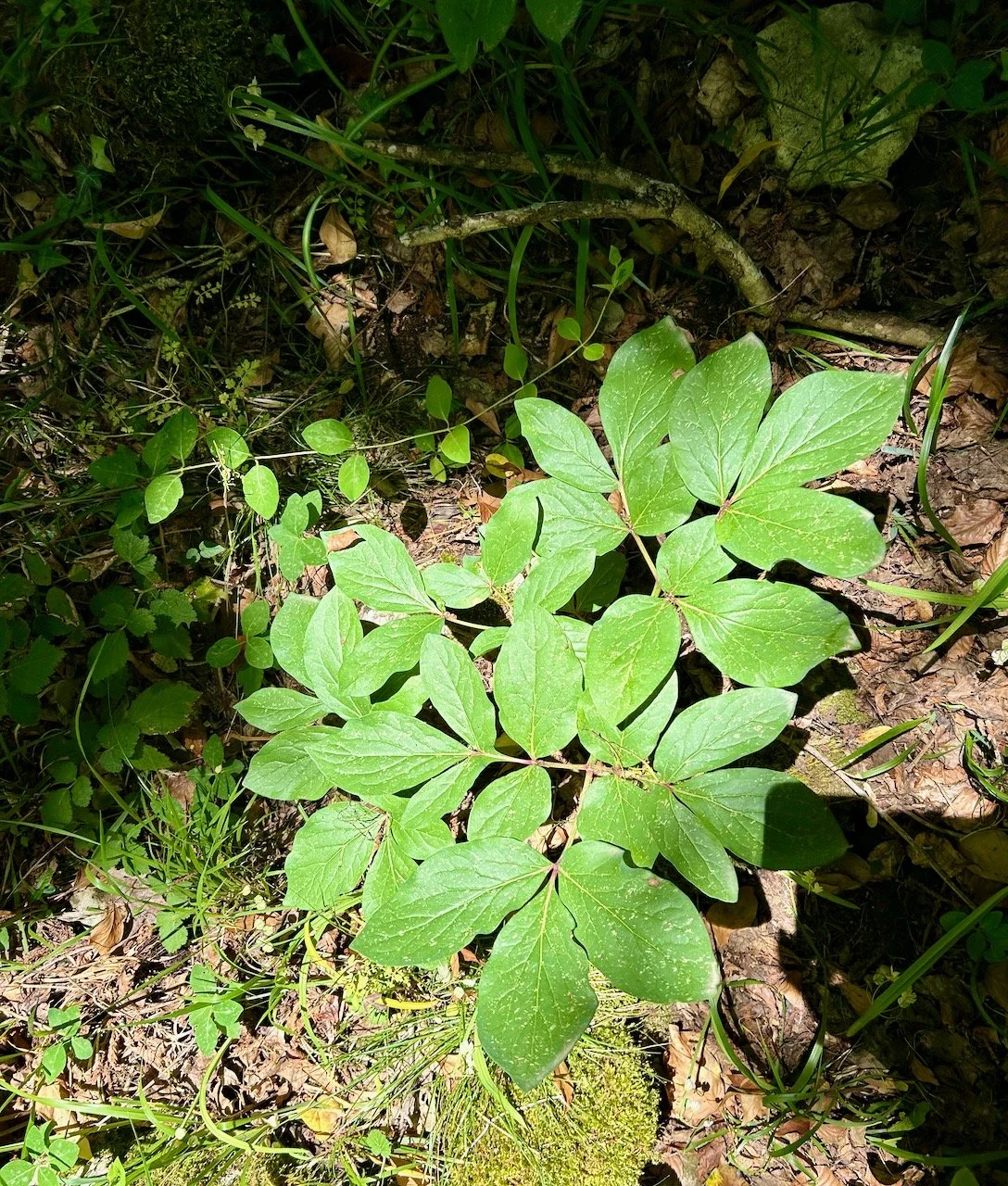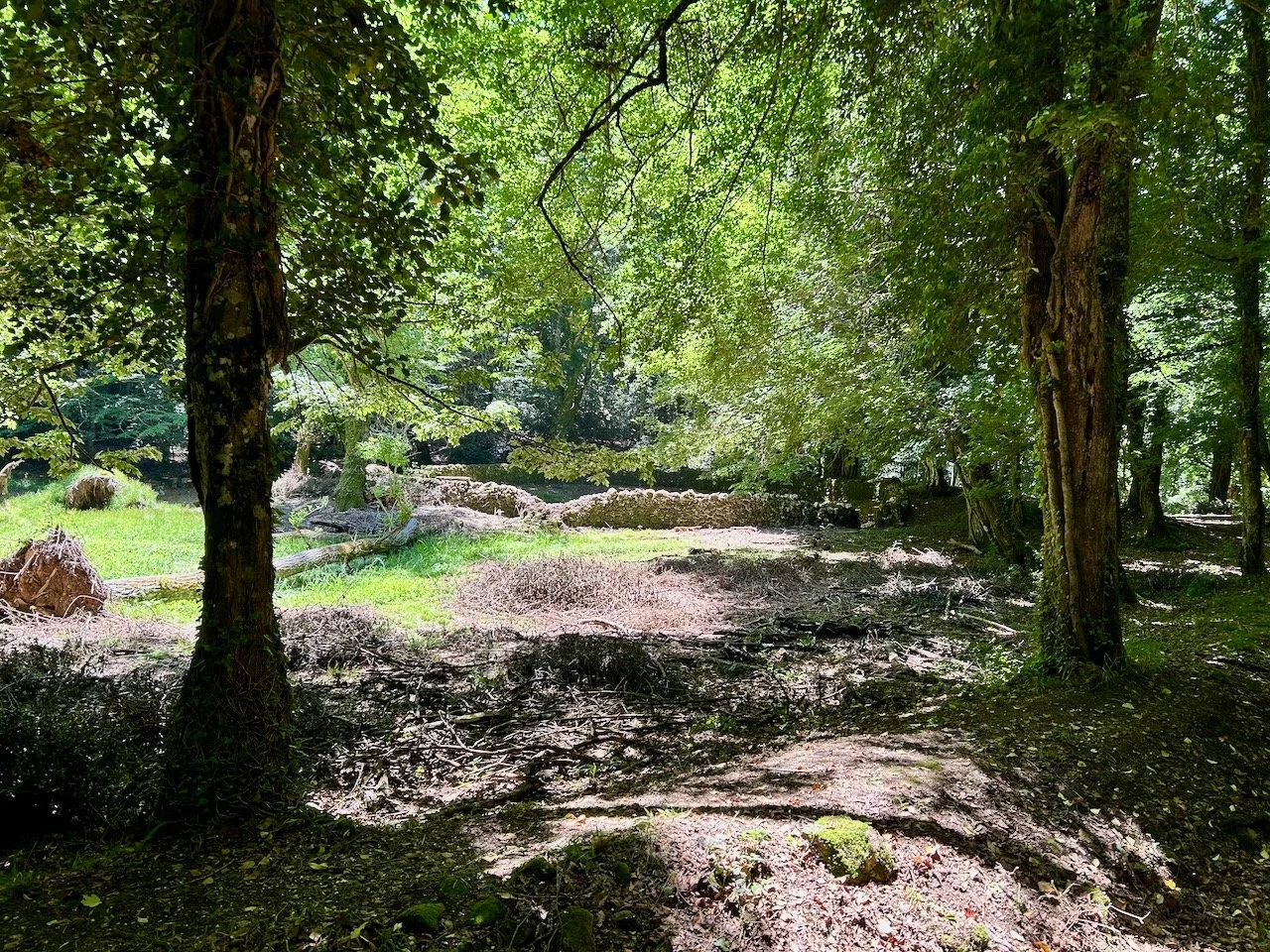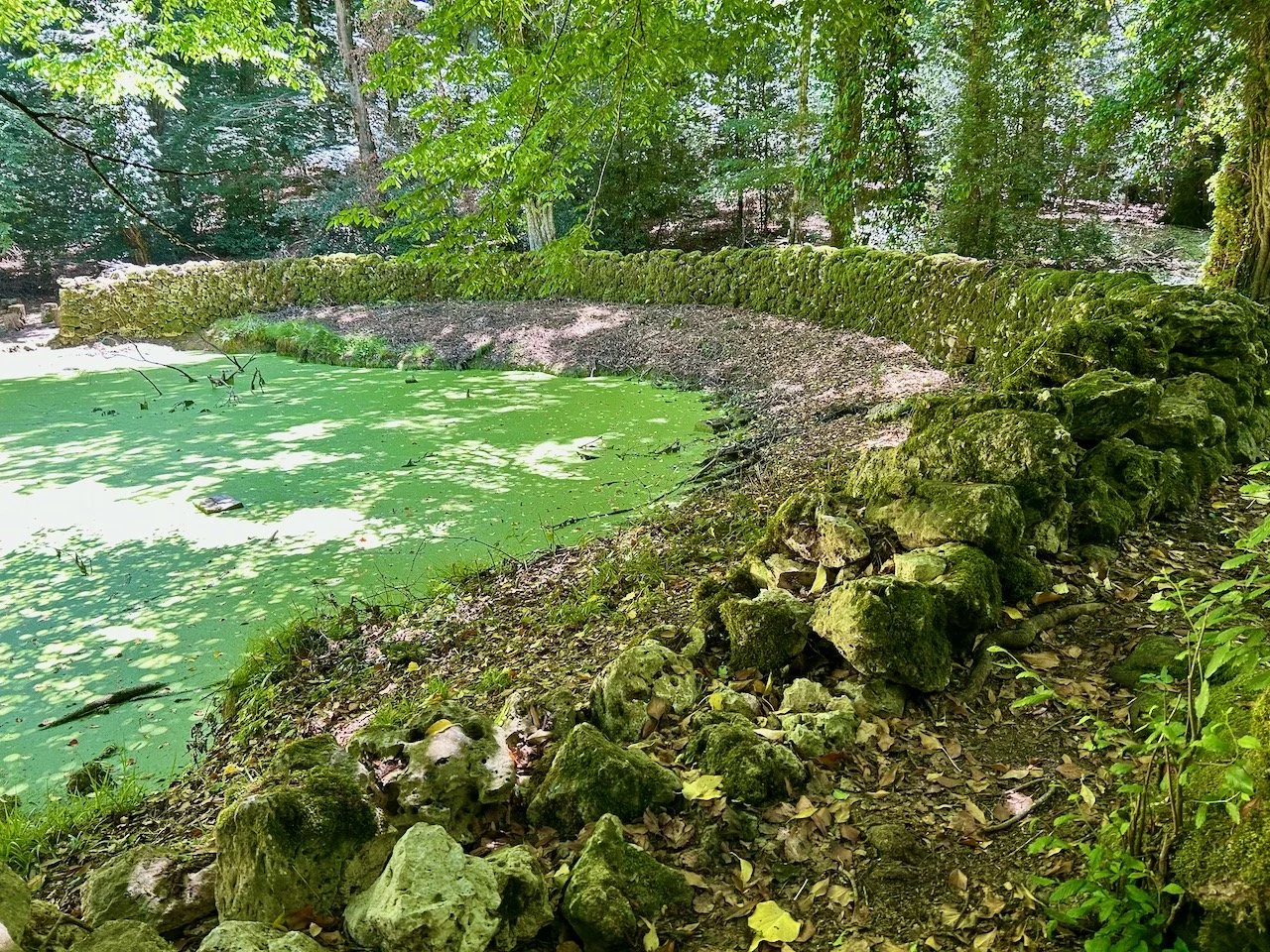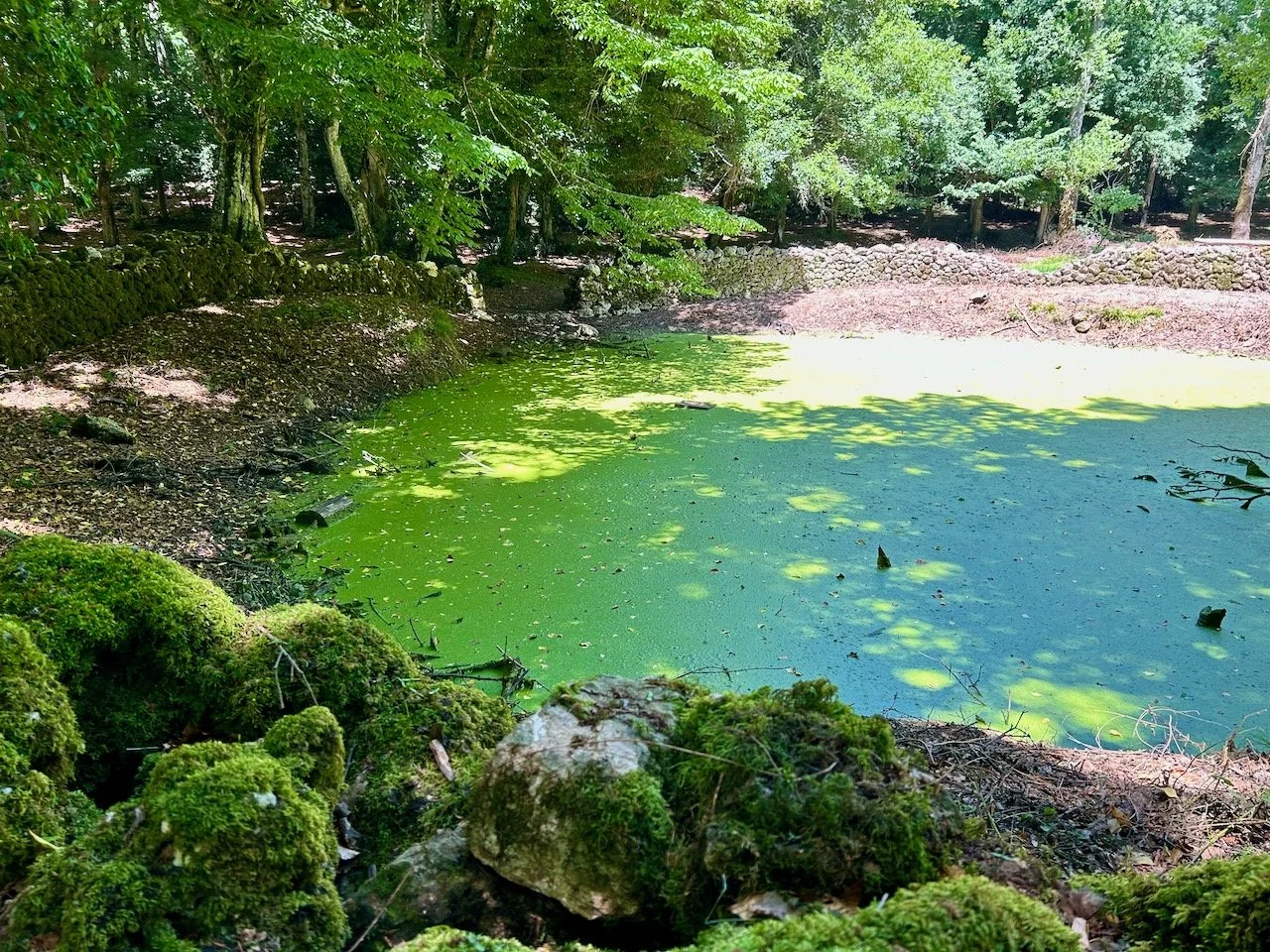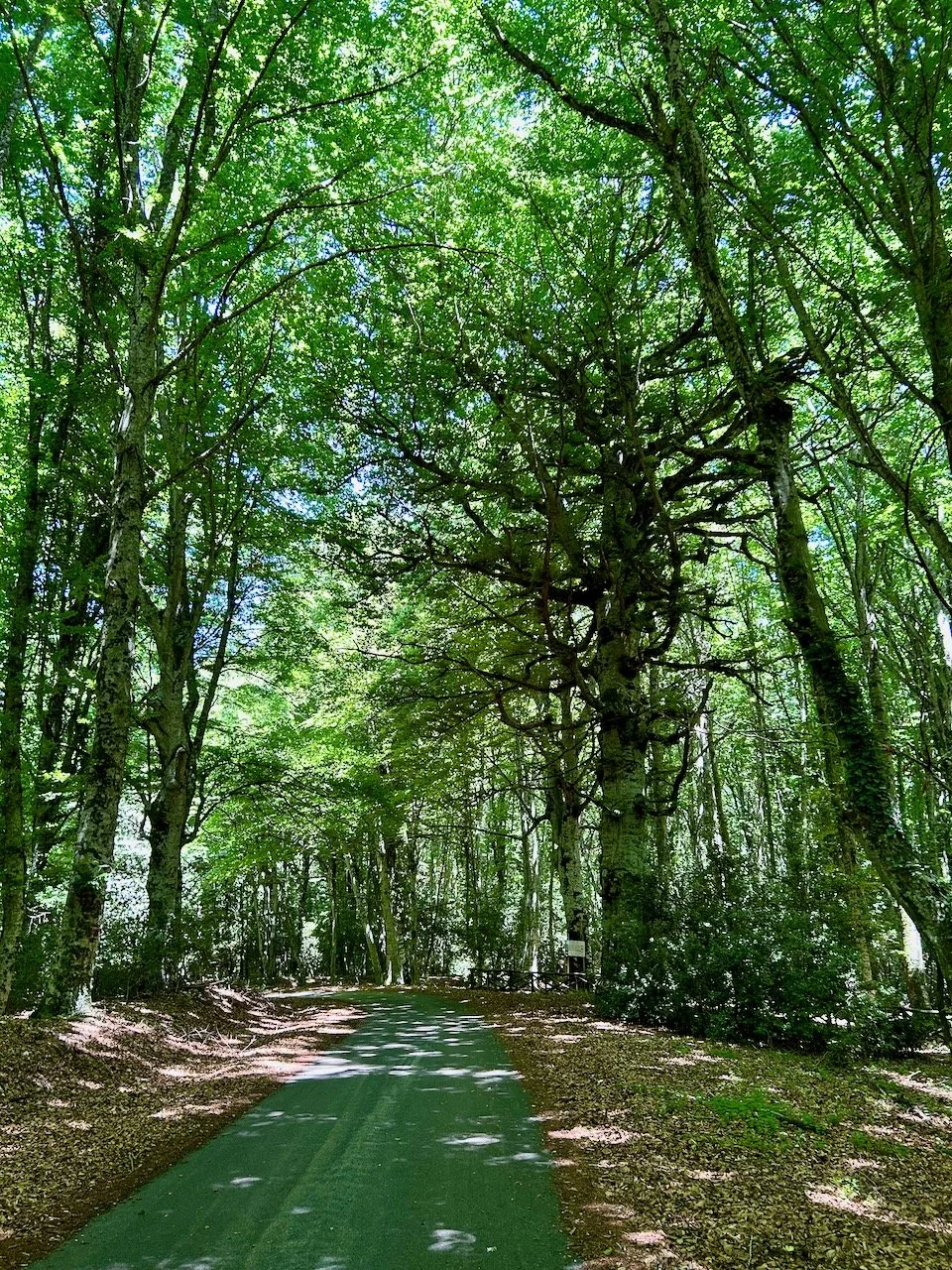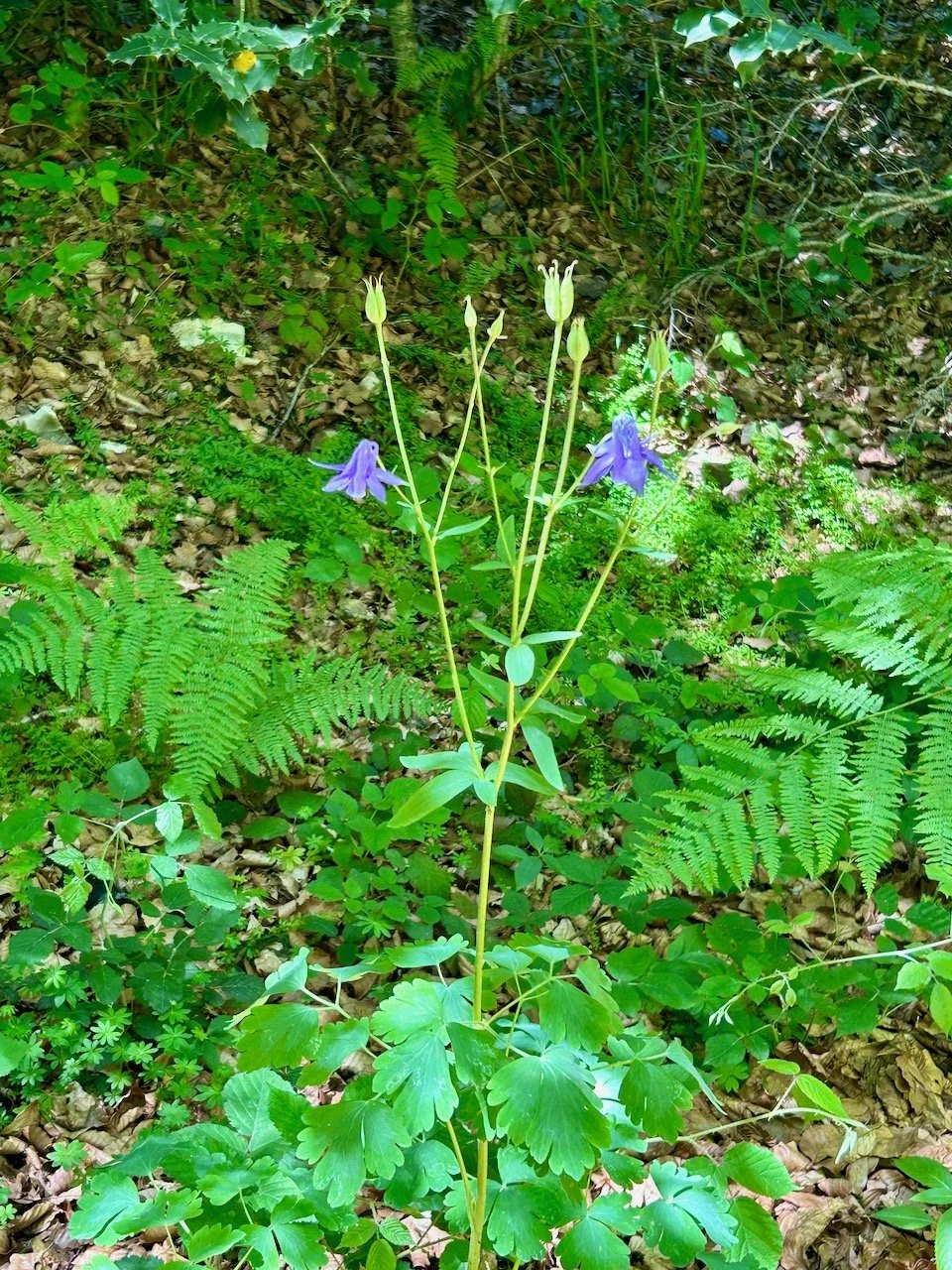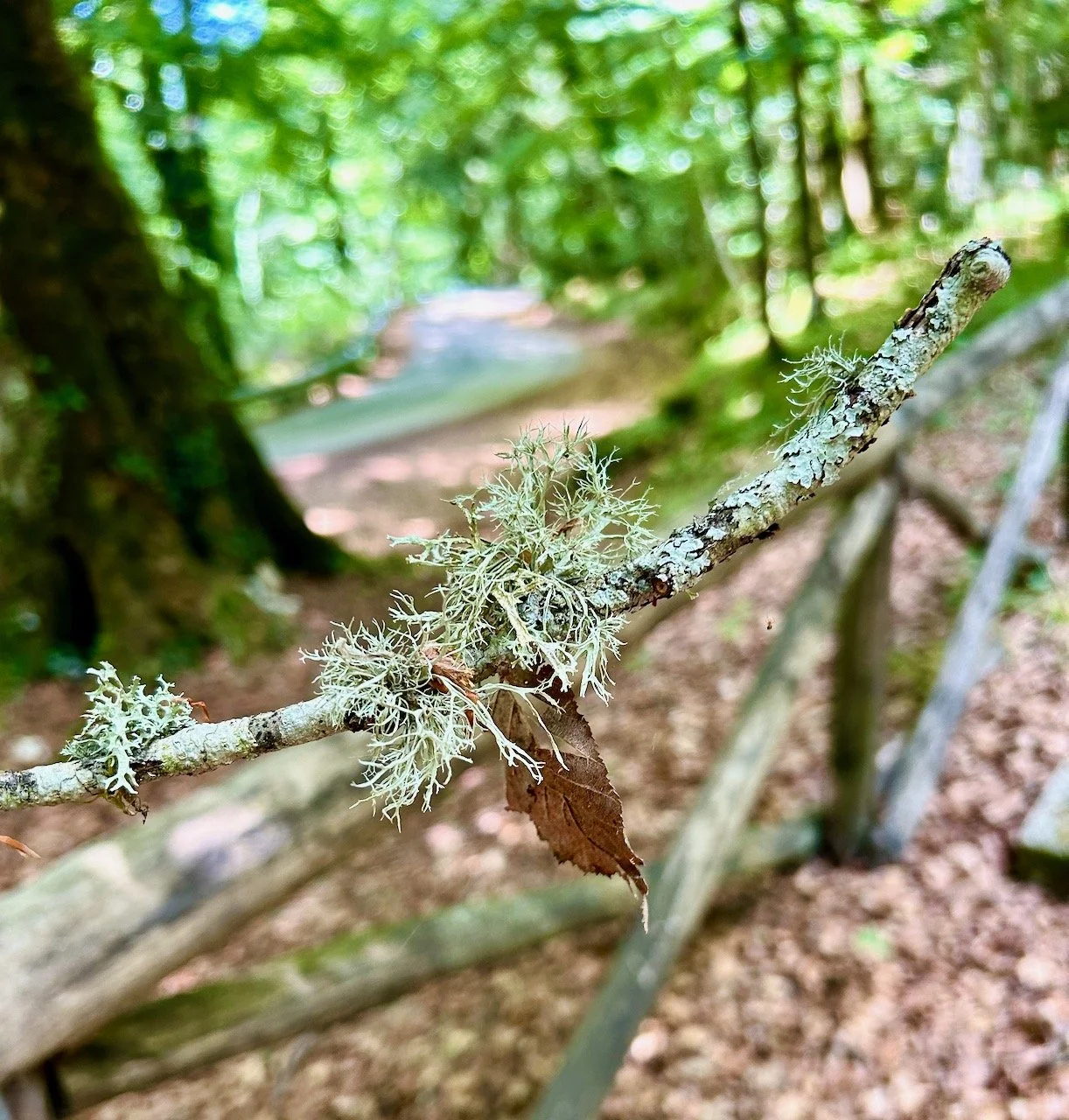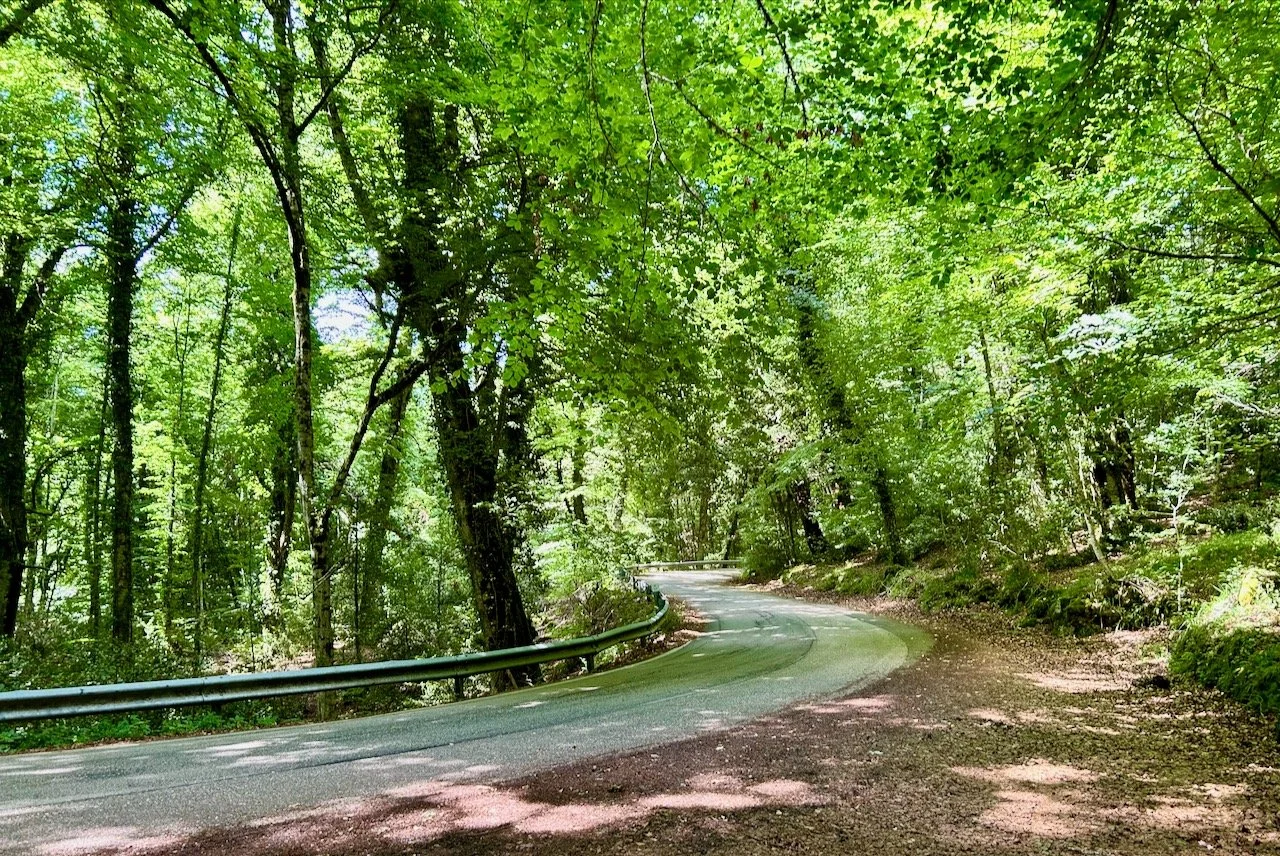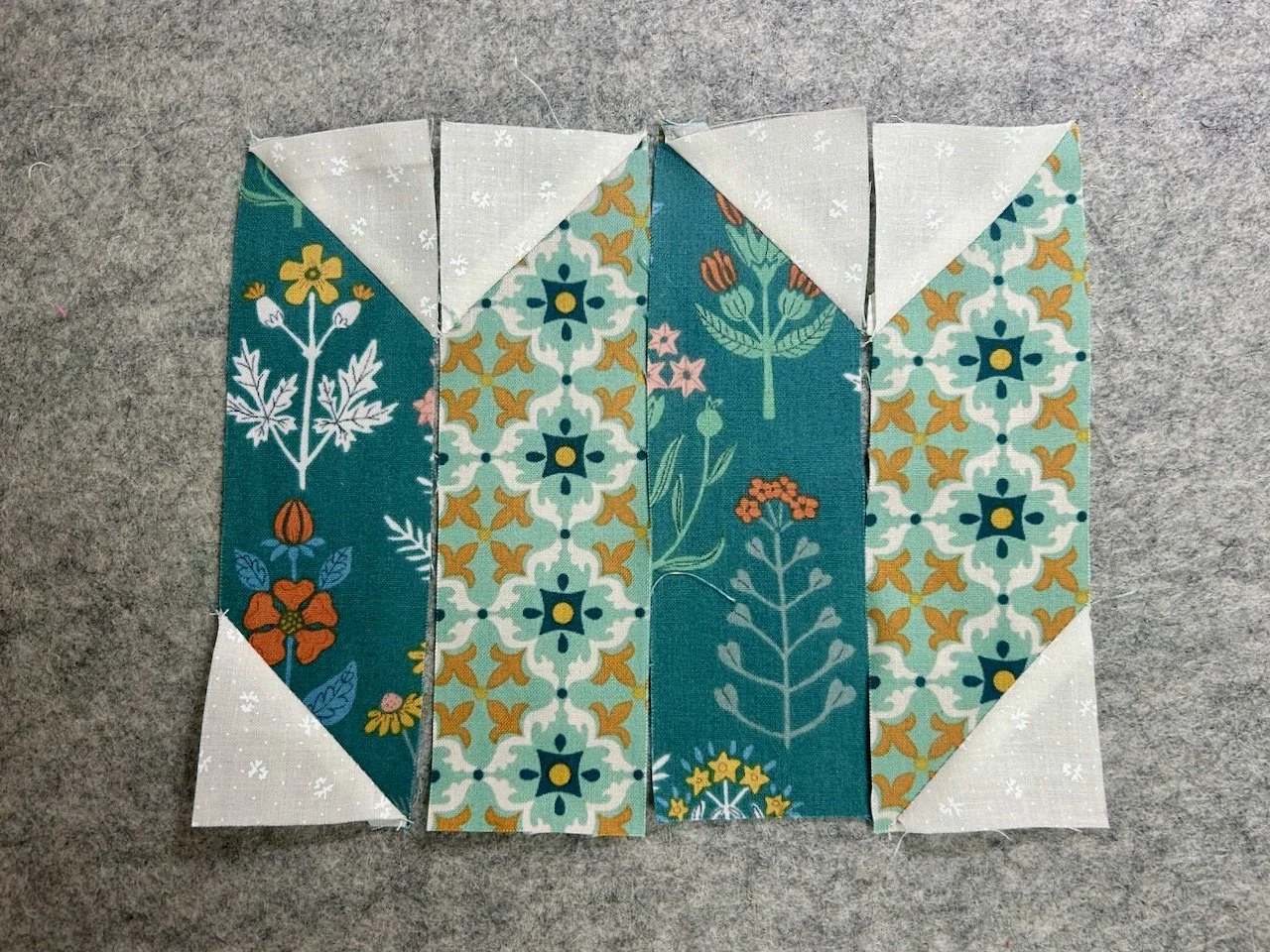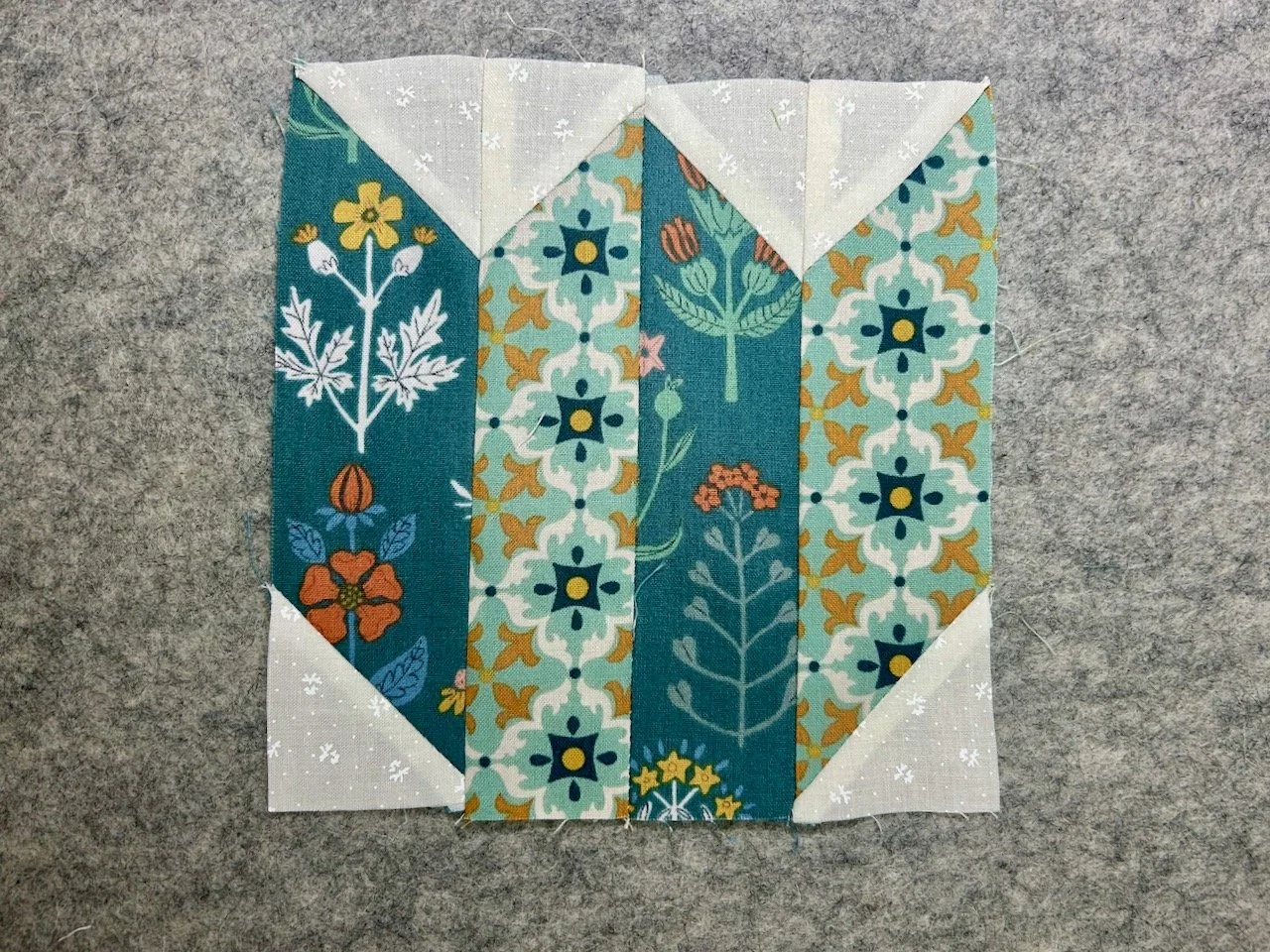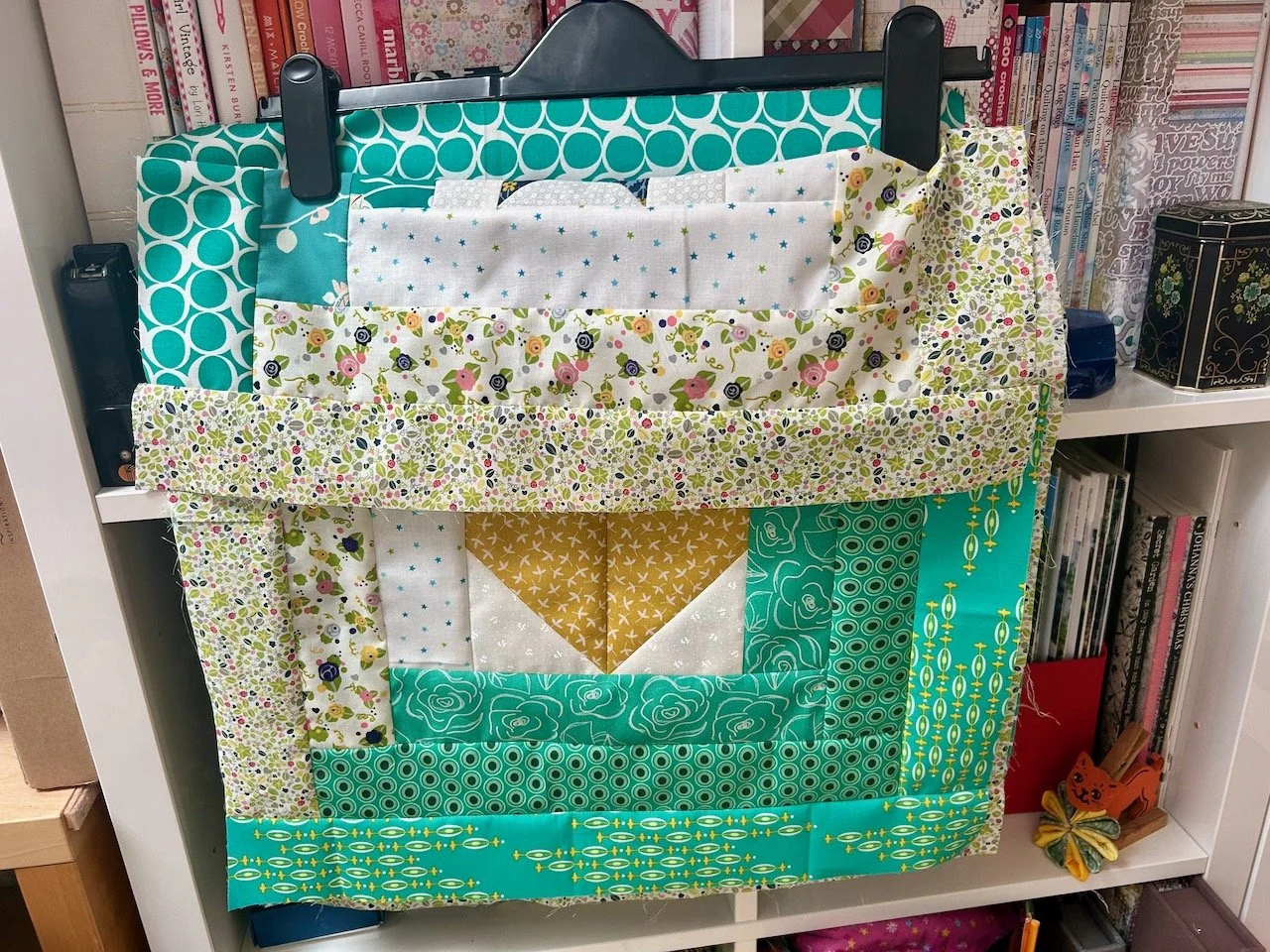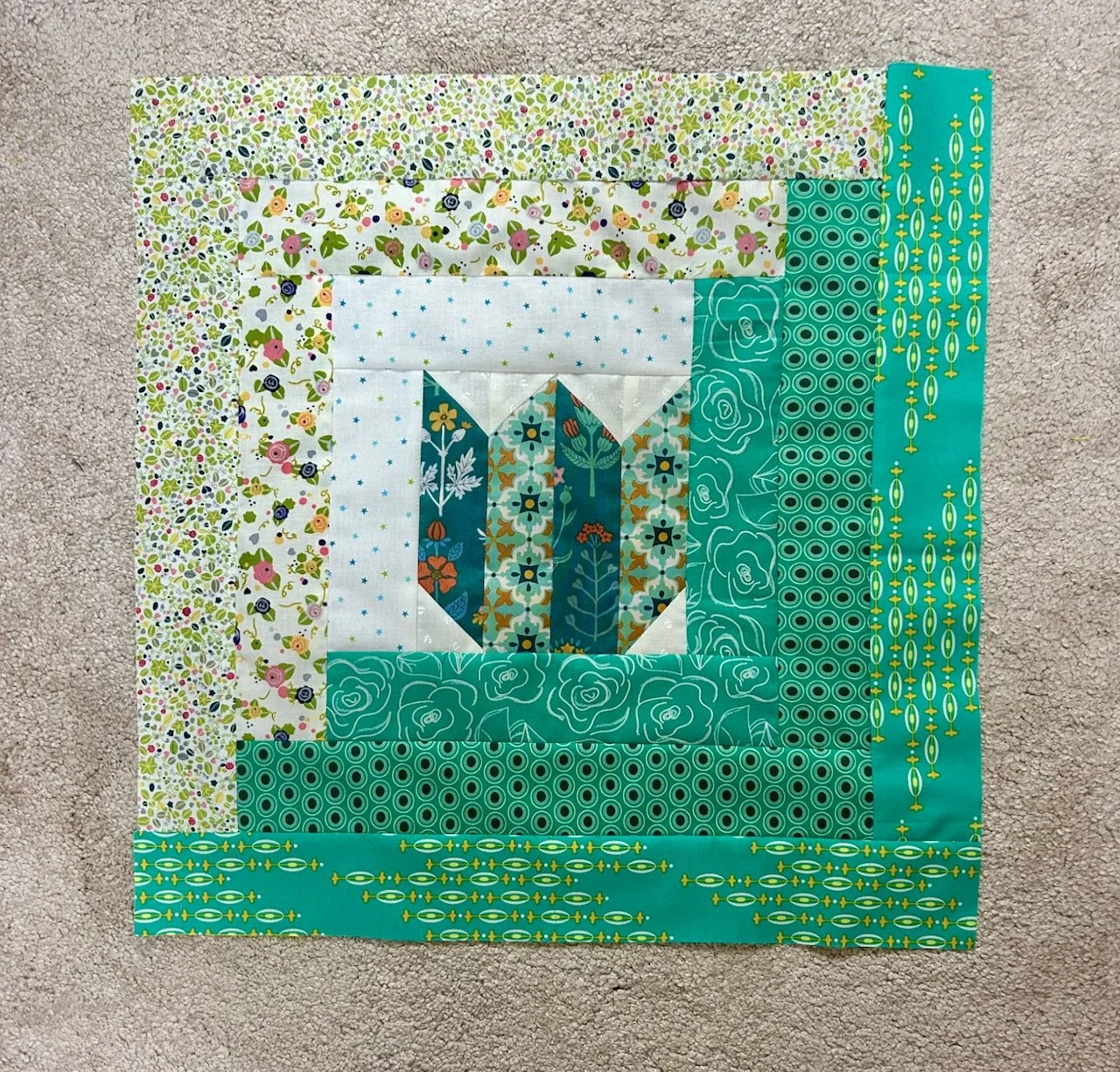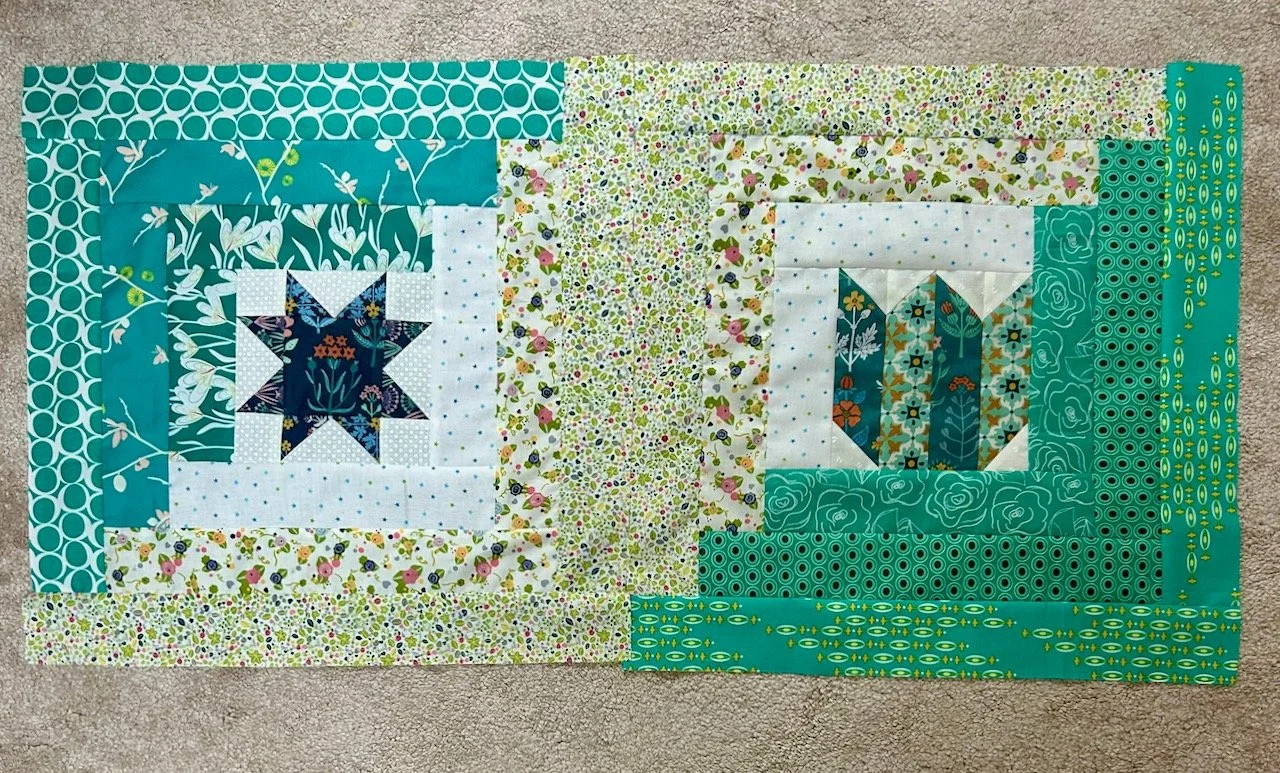Earlier in the year I tried to book on a workshop with Sarah Cooke, but unfortunately I’d discovered it too late and it didn’t go ahead as there weren’t the numbers for it to be viable, which was a shame. I hoped there might be another date at some point, but didn’t really think any more of it until one morning on our recent holiday when I saw it advertised in my sewing group’s facebook group. I couldn’t believe my luck and manically emailed the organiser to secure my place. What’s more, this newer date was much closer than the previous one, so it was a real bonus for me.
And so I turned up not quite sure what to expect, and not really sure I was going either - but that happens a lot as I’m continually discovering new places by attending workshops or exercise classes!
Sarah started the day by showing some of her makes, which you’d never guess what they’re made of. Clue - it’s all waste products, and for these two that I’m sharing here, they’re most likely food products we have in our freezers and in our store cupboards.
A striped weaving by Sarah Cooke made from Sensations crisp packets
A green and yellow striped bag by Sarah Cooke made from bags of frozen peas and frozen sweetcorn
So the two examples above use (clean) crisp packets and frozen vegetable bags, and you wouldn’t think to use them would you? But Sarah did and they are amazing, they’re also both really soft which I didn’t expect either. If you look at the pictures closely now you know what they’re made from you can see some of the text remains and almost gives it away.
Now you can see why I was so captivated, and inspired can’t you?
Sarah brought plenty of ‘waste’ for the group to use throughout the day, and there were things you’d expect like wool, ribbons, trimmings and material scraps, as well as things you’d probably not expect. For me the revelation were those plastic string bags that lemons, oranges and other fruit come in - they’re amazing to use, as well as old hi-vis jackets, plastic metallic streamers, oh and so much more.
We started by adding our warp to the frame - I opted for a cerise and a boucle red, and you’ll see these intermittently in my weaving. I should say that this is my first time weaving and while I’d love for my outputs to be as good as Sarah’s, I know I’ve a way to go and for me the day was about trying things out.
But it didn’t surprise me that when confronted by the tables of stuff I headed to my default colour scheme of pink, red, orange and yellow with a few variations.
From the bottom I’ve used: wool, plastic metallic streamer, more wool, a strip of orange hi-vis clothing, more wool, more plastic metallic streamers, more wool, a bobble trim with the bobbles poking out to the front, wool, plastic rope, wool, plastic twine (this isn’t as closely woven), wool, a material scrap, red mesh bags, wool, yellow mesh bags, wool, more hi-vis material, wool, orange mesh bags, wool, bobble trimming, orange mesh bag, wool, black and white plastic rope, a split row of the bobble trimming and a flat metallic plastic strip, black and white plastic rope and wool.
Mine grew pretty quickly on the day, and while wall hangings are nice they aren’t me. So my plan is heading more towards a placemat for our garden table. That said though I do like the effect of it on the frame against our white walls and MOH is going to put some hooks up in my craft room so I can enjoy it as transient art while it’s ‘in progress’.
It has grown a little since the workshop too, but there’s a little further for it to go yet.
Since the workshop I’ve added: wool, a velvet trim I’d kept from a t-shirt, wool, a velour strip, a red mesh bag and a ribbon from chocolates.
In the weft rows I’ve added since the workshop the velvet trimming and chocolate ribbon have come from my own stash - and I’ve plenty more that I could use. In fact I came home from the workshop so inspired I was immediately off to look out that velvet trimming which I’d kept for I didn’t know what until then. I’ve also found some plastic present wrapping ribbon which I’ve never used but fell in love with years ago at Ikea - these will feature in a future attempt.
I also have plenty of ribbons, and scraps of materials and edgings which I’ve known ‘will be useful one day’ and the great thing is their day is coming, well when I find the time. I didn’t really know I needed a new craft, but I’m happy I’ve found it!
I’m also commissioning MOH to make me a smaller sized frame, so that I can make smaller pieces and potentially use some of the crochet threads I’ve acquired over the years, but first on my list is to finish this one and to make complementary (and not necessarily matching) table mats to use.
Watch this space.
